4,500m/14,764ft
MAX-ALTITUDEDolpa, Nepal
LOCATIONGROUP-SIZE
Minimum 02DIFFICULTY
ModerateThe trek traverses the rugged terrain of the Dhaulagiri Range, Kanjiroba Himal, and the mystical Crystal Mountain, offering trekkers panoramic views that are both awe-inspiring and humbling. The path follows pristine rivers such as the Phoksundo, Suligad, and Thuli Bheri, leading to the mesmerizing Phoksundo Lake, Nepal’s deepest and one of its most pristine bodies of water.
The Upper Dolpo Trek is more than just a physical challenge; it’s a journey into a region where nature and spirituality are deeply intertwined. The route takes you to sacred sites like Shey Gompa, the Crystal Mountain Monastery, and through remote villages where life continues as it has for centuries. The trek’s isolation from the more popular trekking routes in Nepal offers a unique sense of peace and connection to the natural world. For those seeking an adventure that combines breathtaking natural beauty with profound spiritual significance, the Upper Dolpo Trek is an unparalleled experience that leaves an indelible mark on the soul.
Itinerary
- Collapse AllArrival in Kathmandu(TIA) 1400m/4593ft
Upon arrival at Kathmandu (1,400m/4,593ft), the vibrant capital of Nepal, you’ll be greeted with the rich cultural tapestry that makes this city unique. Kathmandu is a melting pot of ancient traditions and modern life. After settling into your hotel, you’ll have time to explore the city at your leisure, perhaps visiting nearby attractions like the bustling Thamel district or the serene Garden of Dreams.
Eve: Trip briefing followed by welcome dinner.
Overnight at Hotel in Kathmandu.
Meals: Breakfast, Lunch, Dinner
Sightseeing in Kathmandu and Trek Preparation
Your day will begin with a guided tour of Kathmandu’s UNESCO World Heritage Sites, such as the historic Kathmandu Durbar Square, the sacred Swayambhunath (Monkey Temple), and the revered Pashupatinath Temple. This day also includes preparations for your trek, with final gear checks and briefings from your guide. This mix of cultural immersion and practical preparation sets the stage for the adventure ahead.
Overnight at Hotel in Kathmandu.
Meals: Breakfast, Lunch, Dinner
Kathmandu to Nepalgunj by Flight
You’ll take a short domestic flight from Kathmandu to Nepalgunj (150m/492ft), a town in the Terai region near the Indian border. Nepalgunj serves as the gateway to the remote regions of western Nepal. After arriving, you’ll have time to rest and explore the town, getting a taste of its warm climate and diverse culture.
Overnight at Hotel in Nepalgunj.
Meals: Breakfast, Lunch, Dinner
Flight from Nepalgunj to Juphal and Trek to Dunai 2850m/9350 ft – 4hrs
A scenic flight will take you from Nepalgunj to Juphal (2,475m/8,120ft), a small mountain airstrip. From Juphal, your trek begins with a hike to Dunai, a quaint village located in the lower Dolpo region. The trek takes around 4-5 hours and introduces you to the pristine beauty of the Himalayan landscape, with lush forests and roaring rivers. At 2,850 meters, Dunai is a significant settlement where you can observe the local culture and lifestyle, setting the stage for the remote and spiritual journey ahead.
Overnight at Tealodge.
Meals: Breakfast, Lunch, Dinner
Trek from Dunai to Chepka 2838m/9311ft -6hrs
Today’s trek takes you through a lush, forested trail along the Phoksundo River. You’ll pass through several small villages before reaching Chepka, a small settlement known for its tranquil atmosphere. The trail is mostly gentle, offering beautiful views of the surrounding landscape.
Overnight at Teahouse in Chepka.
Meals: Breakfast, Lunch, Dinner
Trek from Chepka to Ringmo Gaon 3640m/11942ft -7 hrs
The trek from Chepka to Ringmo Gaon is both challenging and rewarding. As you climb higher, the landscape changes dramatically, with dense forests giving way to more barren, rocky terrain. Ringmo Gaon is situated near Phoksundo Lake, one of Nepal’s most beautiful and pristine lakes.
Overnight at Teahouse in Ringmo Gaon.
Meals: Breakfast, Lunch, Dinner
Trek from Ringmo Gaon to Salla Ghari 3800m/12467ft -6hrs
This day’s trek takes you through a remote and rugged area, offering panoramic views of the surrounding peaks. The trail gradually ascends to Salla Ghari, a serene location nestled within the heart of the Dolpo region. The tranquility of the area provides a peaceful atmosphere for reflection.
Overnight at Teahouse in Salla Ghari.
Meals: Breakfast, Lunch, Dinner
Trek from Salla Ghari to Shey Gompa 4500m/14764ft via Nadola La Pass 4950m/16240ft -8hrs
Today is one of the most challenging days of the trek as you cross the Nandola La Pass. The ascent is steep and demanding, but the panoramic views from the pass are breathtaking. As you descend into the valley, you’ll reach Shey Gompa, a revered Buddhist monastery known for its spiritual significance and remote location.
Overnight at Teahouse in Shey Gompa.
Meals: Breakfast, Lunch, Dinner
Trek from Shey Gompa to Saldang 3620m/11876ft via Se La Pass 5009m/16434ft -7hrs
Crossing the Sela Pass today, you’ll experience one of the trek’s most spectacular sections. The trail offers incredible views of the Dolpo landscape, including distant snow-capped peaks and vast, open valleys. After the pass, you’ll descend to Saldang, one of the largest villages in the region.
Overnight at Teahouse in Saldang.
Meals: Breakfast, Lunch, Dinner
Rest day at Saldang 3620m/11876ft
Today is a rest day at Saldang, allowing you to acclimatize and explore the village. You can visit local monasteries, interact with the villagers, and learn about their way of life. This day is crucial for adjusting to the altitude and preparing for the upcoming sections of the trek.
Overnight at Teahouse in Saldang.
Meals: Breakfast, Lunch, Dinner
Trek from Saldang to Rapa Gompa 4360m/14304ft -6hrs
The trail to Rapa Gompa is a relatively moderate trek that takes you through high-altitude terrain with stunning views of the surrounding mountains. Rapa Gompa is a small, secluded monastery where you can experience the serenity and spirituality of the Dolpo region.
Overnight at Teahouse in Rapa Gompa.
Meals: Breakfast, Lunch, Dinner
Trek from Rapa Gompa to Dho Tarap 4040m/13254ft via Jang La Pass 5240m/172192ft -8hrs
Today’s trek involves crossing the Jangla Pass, one of the highest points on the route. The climb is steep, but the views from the top are extraordinary. After crossing the pass, you’ll descend into the Tarap Valley, eventually reaching Dho Tarap, one of the highest human settlements in the world.
Overnight at Teahouse in Dho Tarap.
Meals: Breakfast, Lunch, Dinner
Trek from Dho Tarap to Nawar Pani 3750m/12303ft -6hrs
The trail descends gradually as you follow the Tarap River downstream to Nawar Pani. The landscape is a mix of barren cliffs and green valleys, offering a stark contrast to the higher elevations. This area is known for its remote beauty and solitude.
Overnight at Teahouse in Nawar Pani.
Meals: Breakfast, Lunch, Dinner
Trek from Nawar Pani to Sima 3090m/10138ft -6hr
The descent continues as you trek towards Sima, passing through narrow gorges and along the winding river. The trail becomes more forested as you lower in elevation, with the surrounding environment becoming lush and green.
Overnight at Teahouse in Sima.
Meals: Breakfast, Lunch, Dinner
Trek from Sima to Dunai 2850m/9350ft -6hrs
Today’s trek takes you back to Dunai, where you’ll retrace your steps along the trail. The route is familiar but offers new perspectives and reflections after days in the high mountains. Dunai serves as a comfortable stop before the final stretch of your journey.
Overnight at Teahouse in Dunai.
Meals: Breakfast, Lunch, Dinner
Trek from Dunai to Juphal 2320m/7611ft -3hrs
A short, easy trek brings you back to Juphal, where your trek began. The trail is mostly downhill, allowing for a relaxed pace as you reflect on the incredible journey. Upon arrival in Juphal, you’ll prepare for your flight back to Nepalgunj.
Overnight at Teahouse in Juphal.
Meals: Breakfast, Lunch, Dinner
Fly from Juphal to Nepalgunj to Kathmandu 1400m/4593ft -2hrs
The adventure concludes with a flight from Juphal to Nepalgunj, followed by a connecting flight to Kathmandu. Upon arrival in Kathmandu, you can unwind and enjoy the comforts of the city. There will be time for last-minute shopping or sightseeing before a farewell dinner in the evening.
Overnight at Hotel in Kathmandu.
Meals: Breakfast, Lunch, Dinner
Departure from Kathmandu
On your final day in Nepal, you’ll prepare for your departure. Depending on your flight schedule, you may have time for some last-minute exploration or relaxation in Kathmandu. The trek may be over, but the memories of the breathtaking landscapes and rich cultural experiences will stay with you forever.
Eve: Experience sharing followed by Farewell dinner.
Meals: Breakfast
Got any question or Inquiries about the trip ?
In the morning after breakfast go for a walk and later return for lunch. After lunch the guest are free to rest.
Maps
Inclusions
Cost Includes
- All transfers, drives as per itinerary in a private tourist vehicle accompanied by English speaking guide from Himalayan Holidays.
- Two Night’s stay at hotel in Kathmandu hotel (as above) in Single Room Basis with bed and breakfast basis inclusive of all applicable taxes.
- Nine night stay at lodge (as above) in Twin Sharing Basis basis.
- 17 night’s/18 days Trek “Upper Dolpo Adventure Trek” as per Itinerary including all meals (breakfast, lunch and dinner), accommodation in Teahouses/Trekkers Lodges/Camping with a team.
- The service of English-speaking trekking guide and a reliable porter.
- Permit fees.
- Round Airfare Airfare Kathmandu-Nepalgunj-Jufal.
- Sightseeing tour of Kathmandu city with English speaking guide including entrance fees.
- Guide Round Airfare of Kathmandu/Nepalgunj/Jufal.
- Welcome & Farewell Dinner in Kathmandu.
Cost Excludes
- International airfares.
- Nepal entry visa fee.
- Kathmandu extra expenses.
- Items of a personal nature such as; Tips to Guide & Porters/Sherpa, laundry, bar bills, alcoholic beverages extra mileage, optional tours such as Mountain Flights, telephone calls, internet services, personal gratuities as tips to guides, bell-hops or hotel porters, drivers, etc.
- Comprehensive Travel Insurance or “Umbrella Insurance” to cover – Illness, hospitalization, travel medicines, loss of valuables, thefts, change of itinerary, flight and tour cancellations due to unavoidable circumstances and most of all Emergency Helicopter Charter for evacuation purpose
- Additional expenses due to illness, hospitalization, travel medicines, loss of valuables, thefts, change of Itinerary, flight and tour cancellation.
- Any items that are not mentioned in above the costs include section.
Availability
Book this trip with us from the following dates. For Custom Trips or general inquiries, Contact Us.


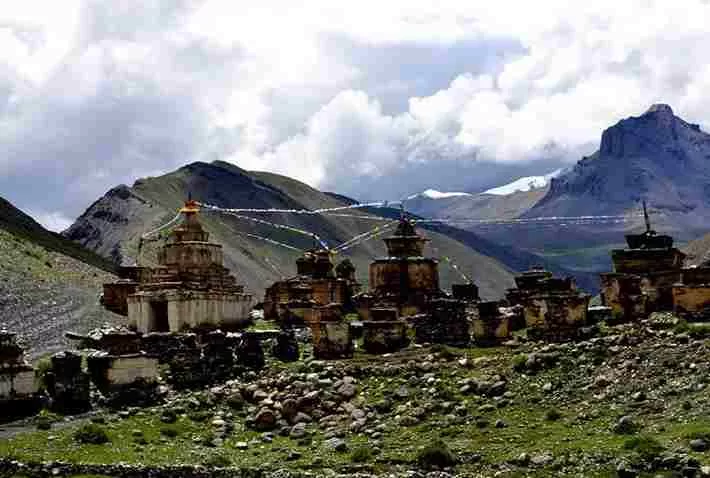

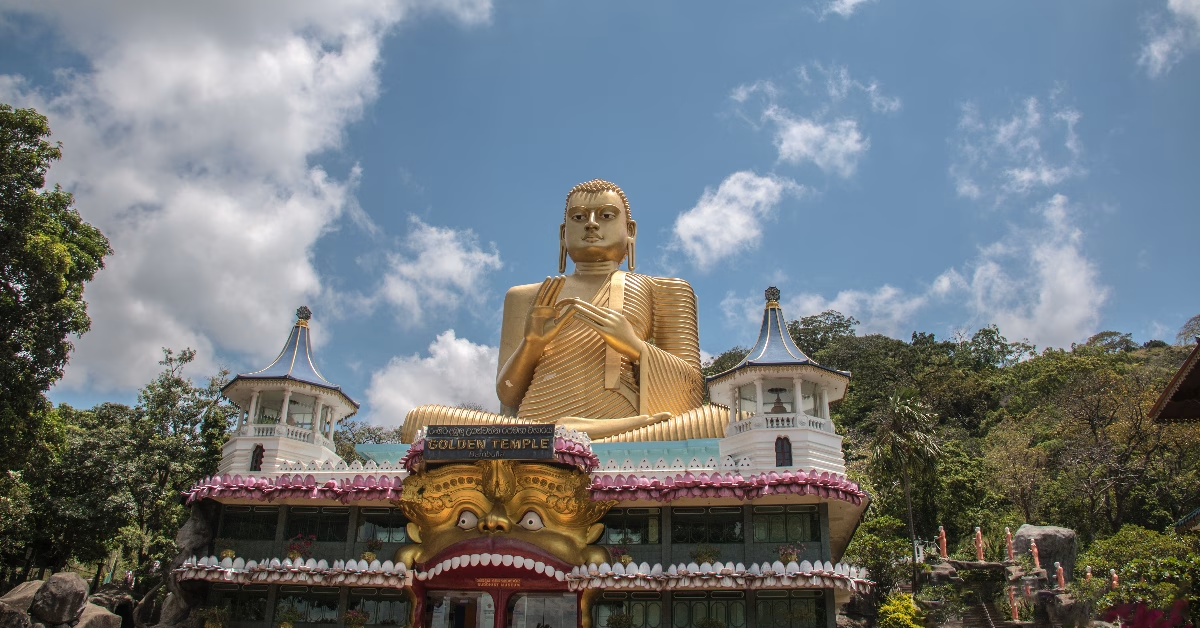
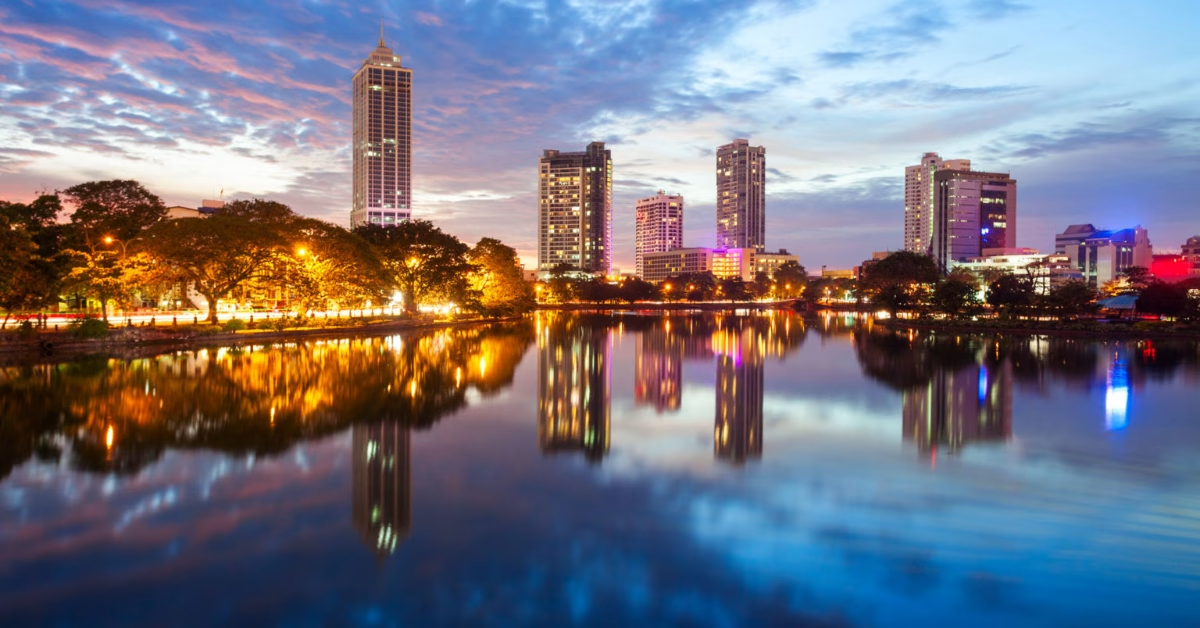
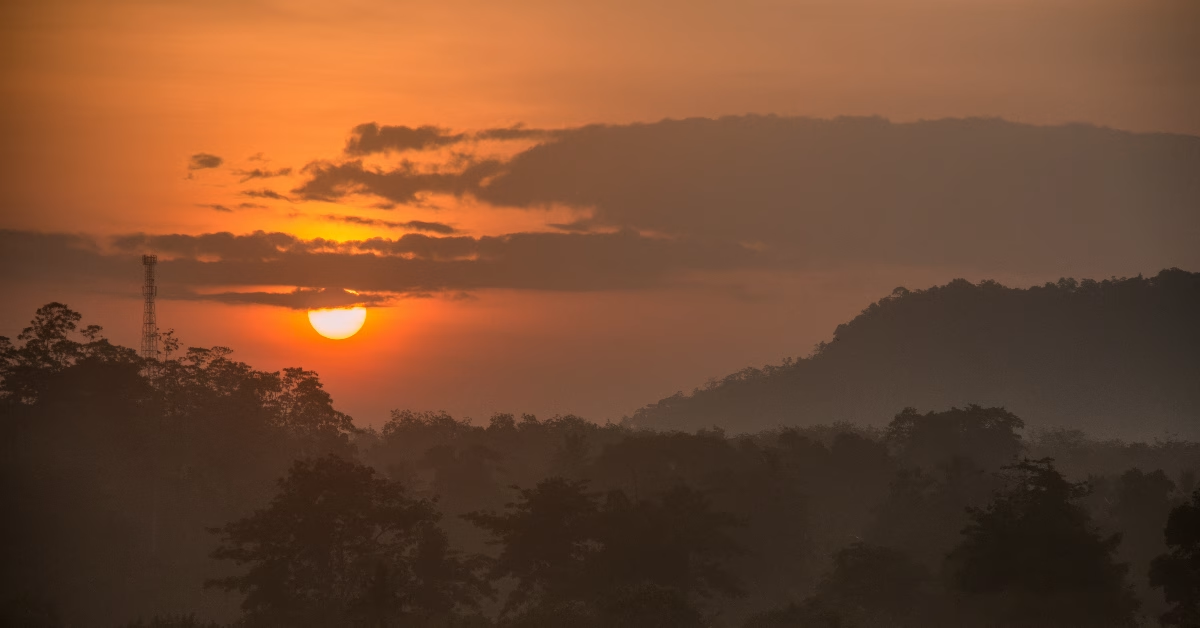
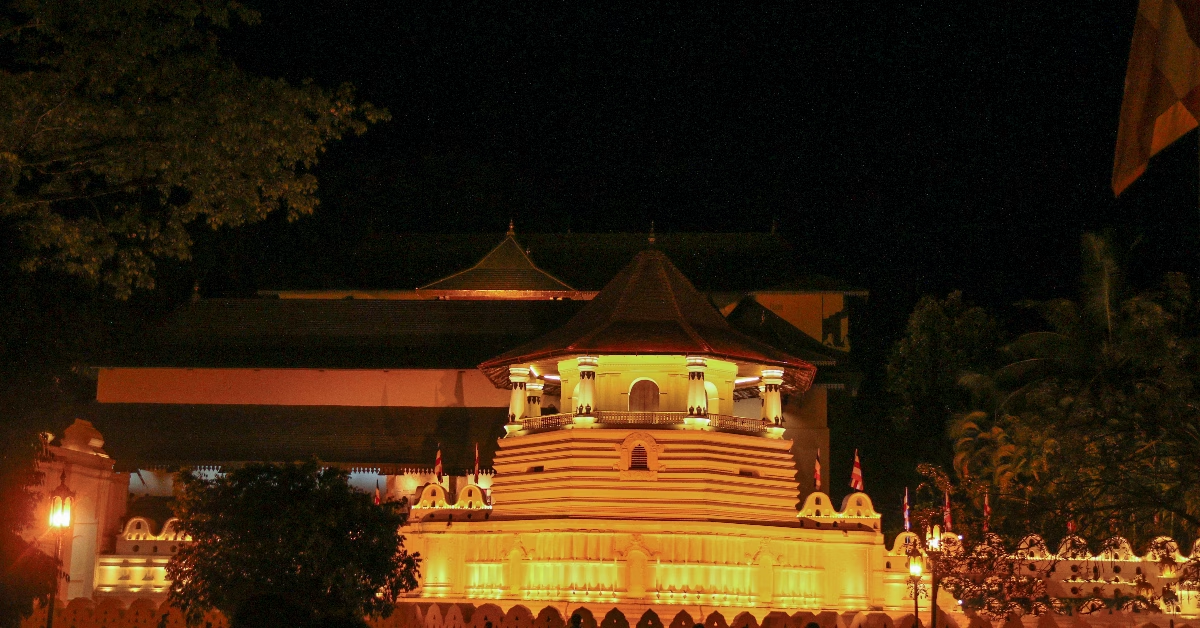
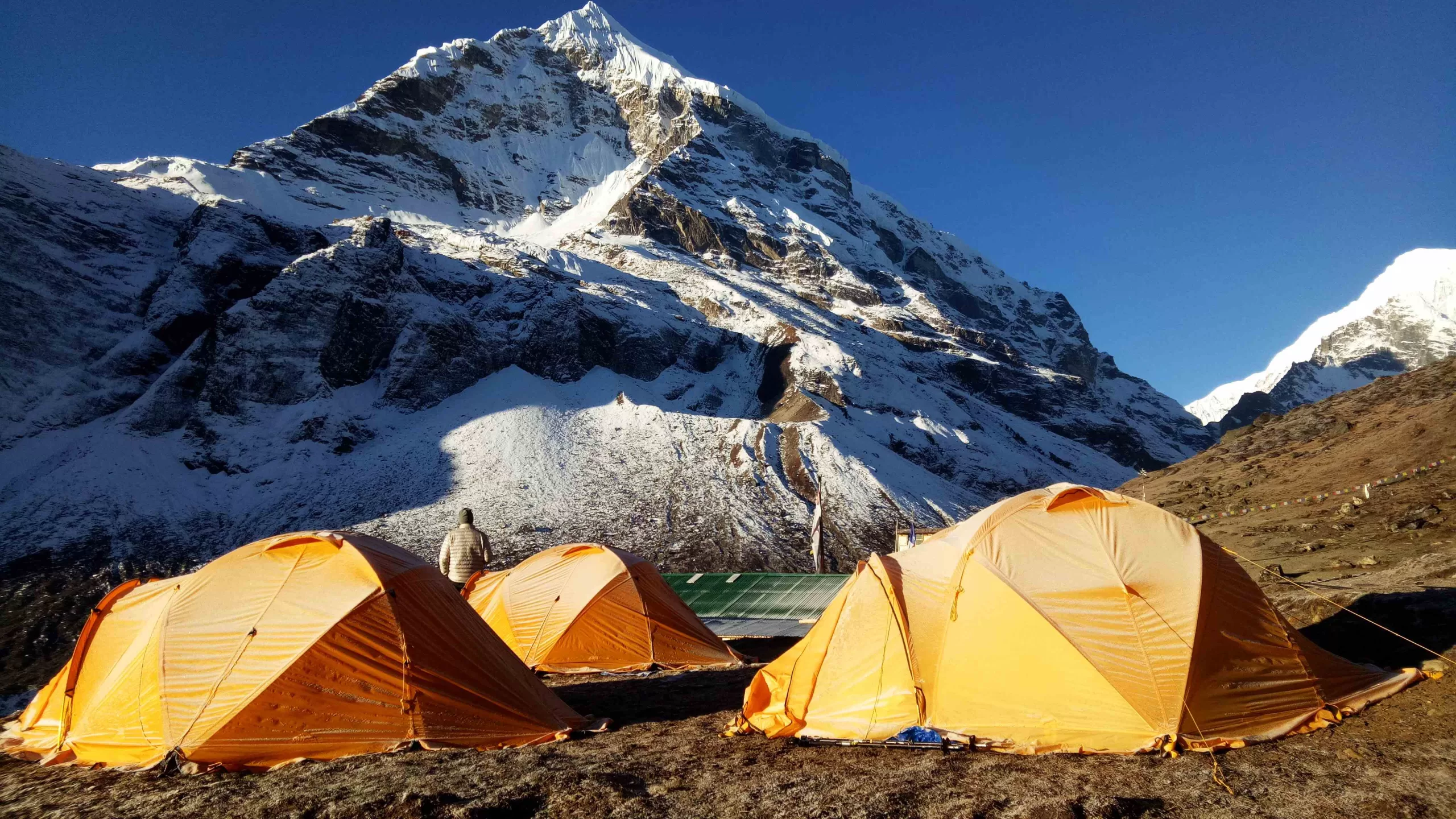
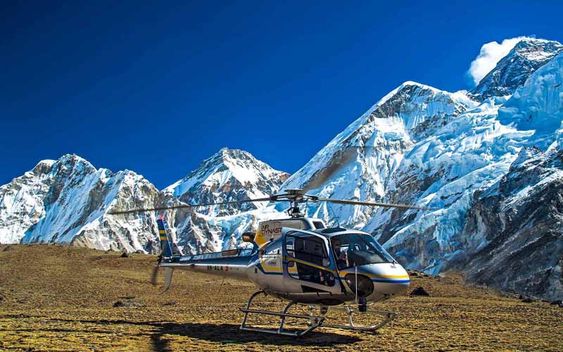
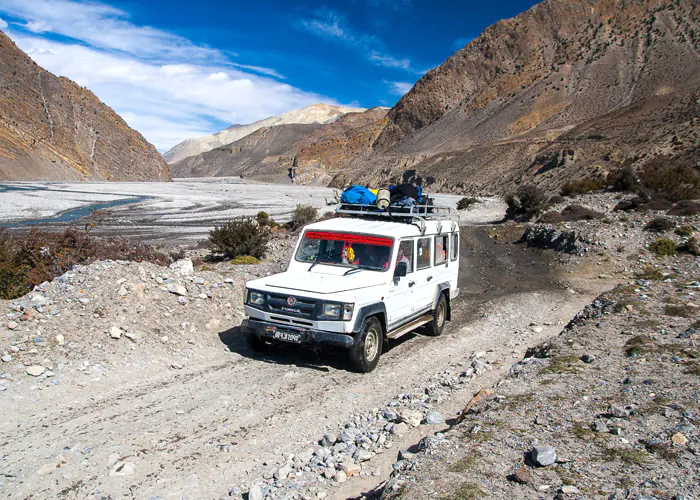
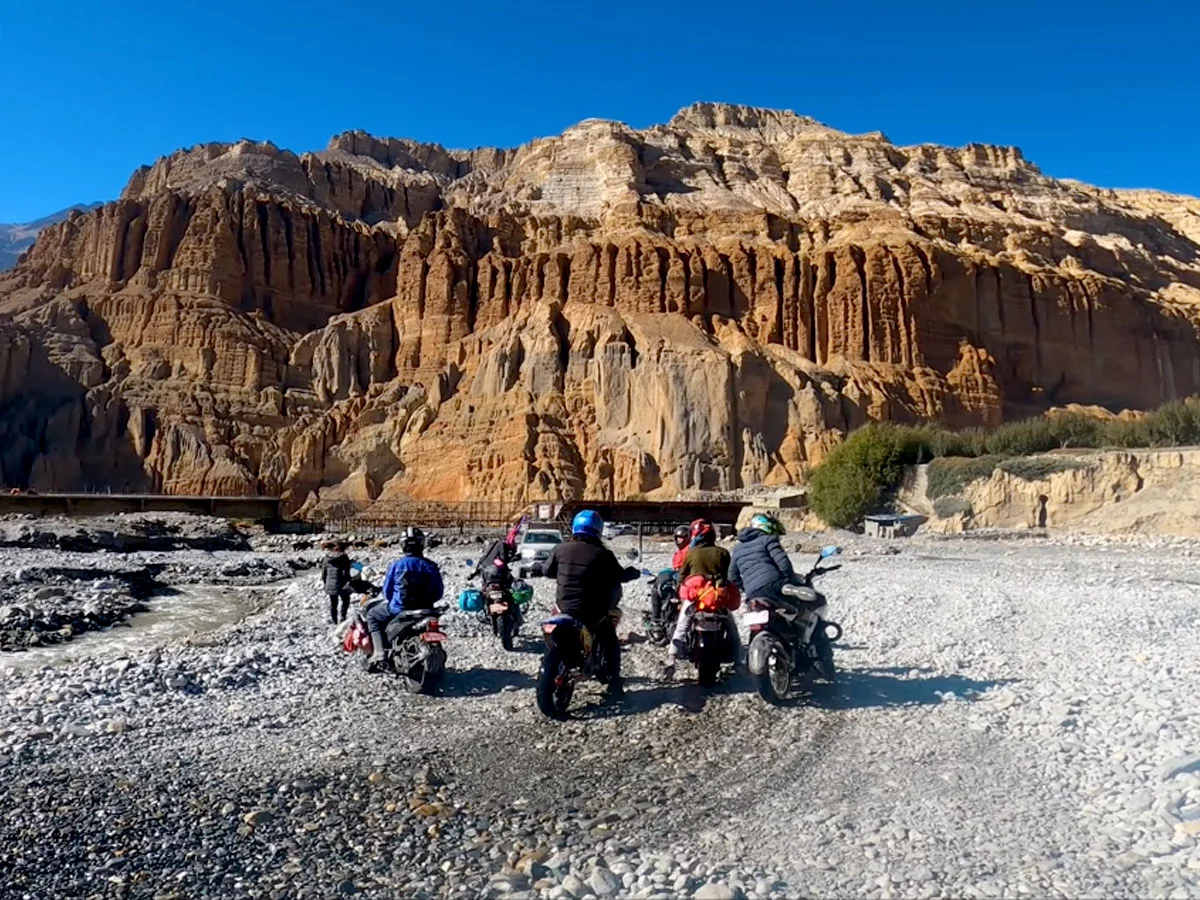
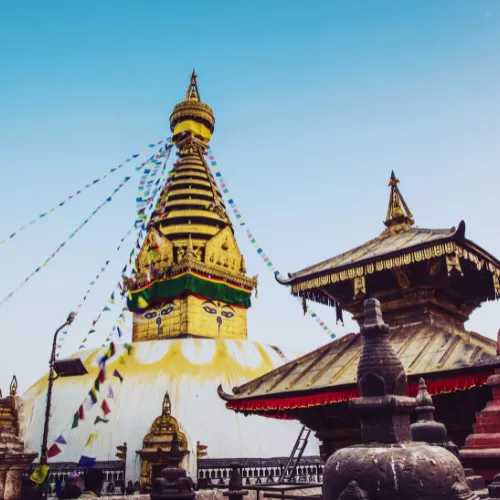
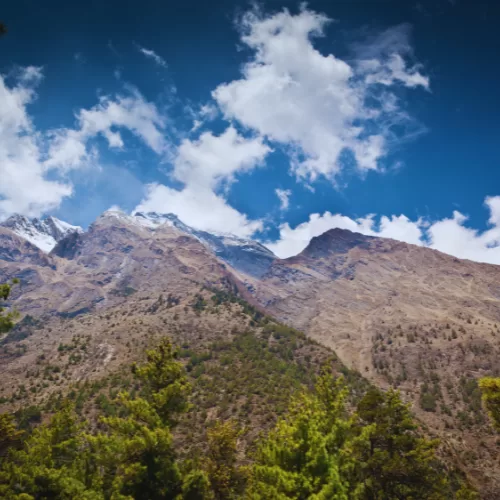
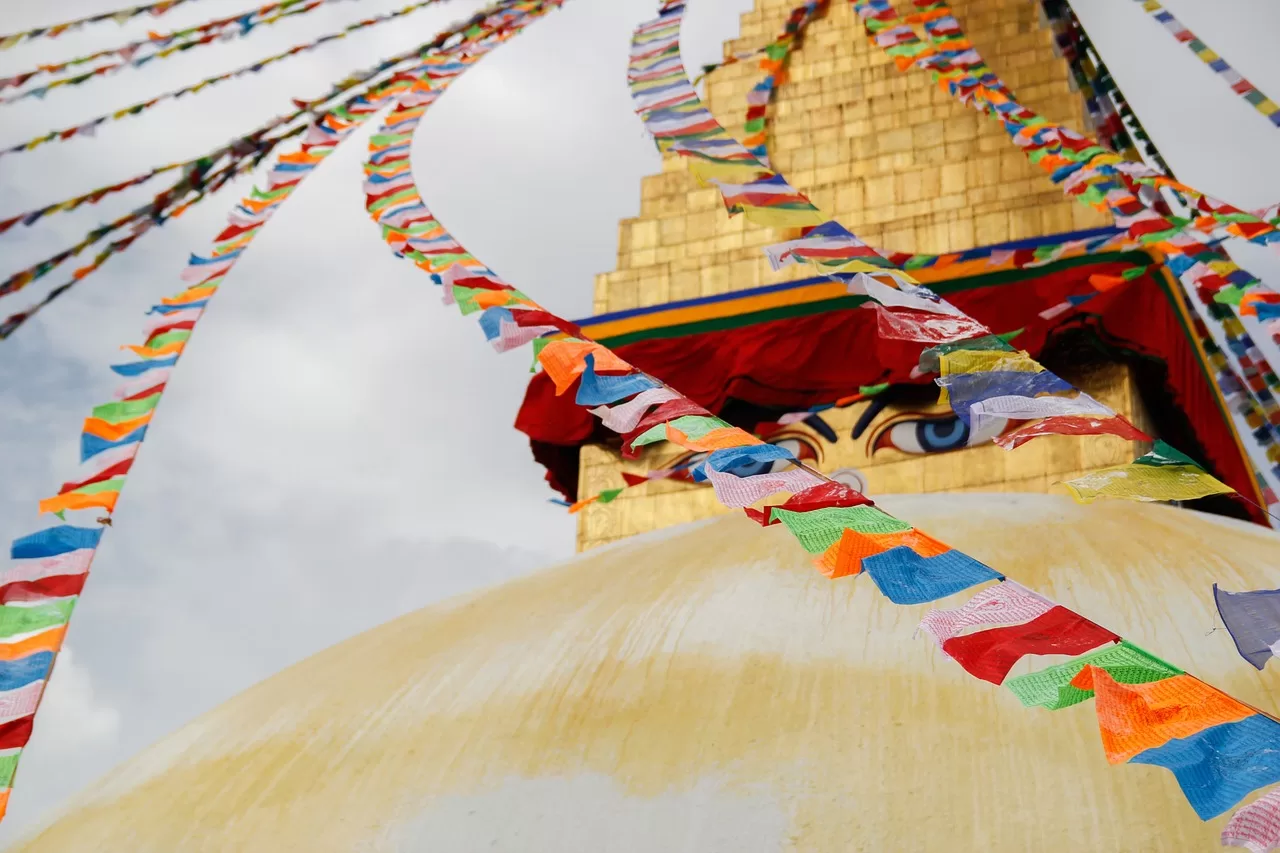


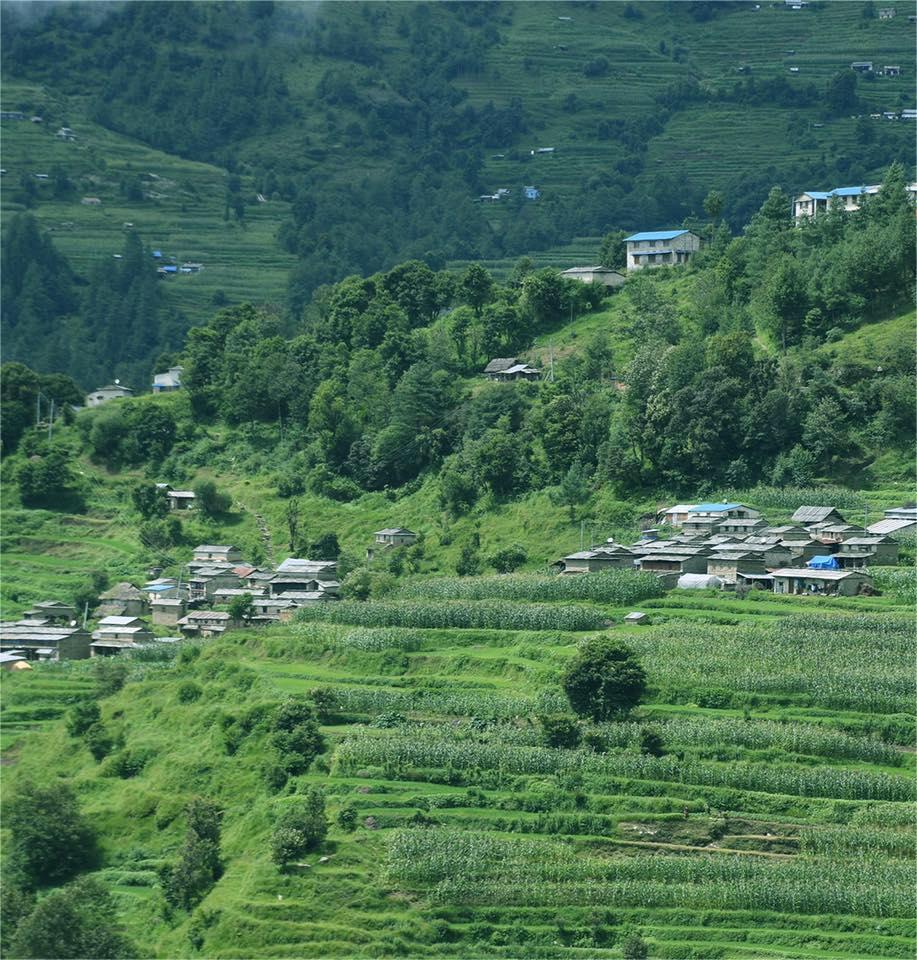
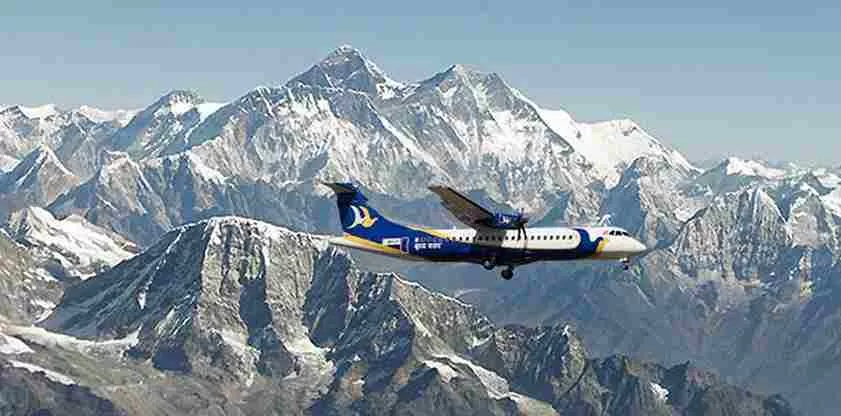

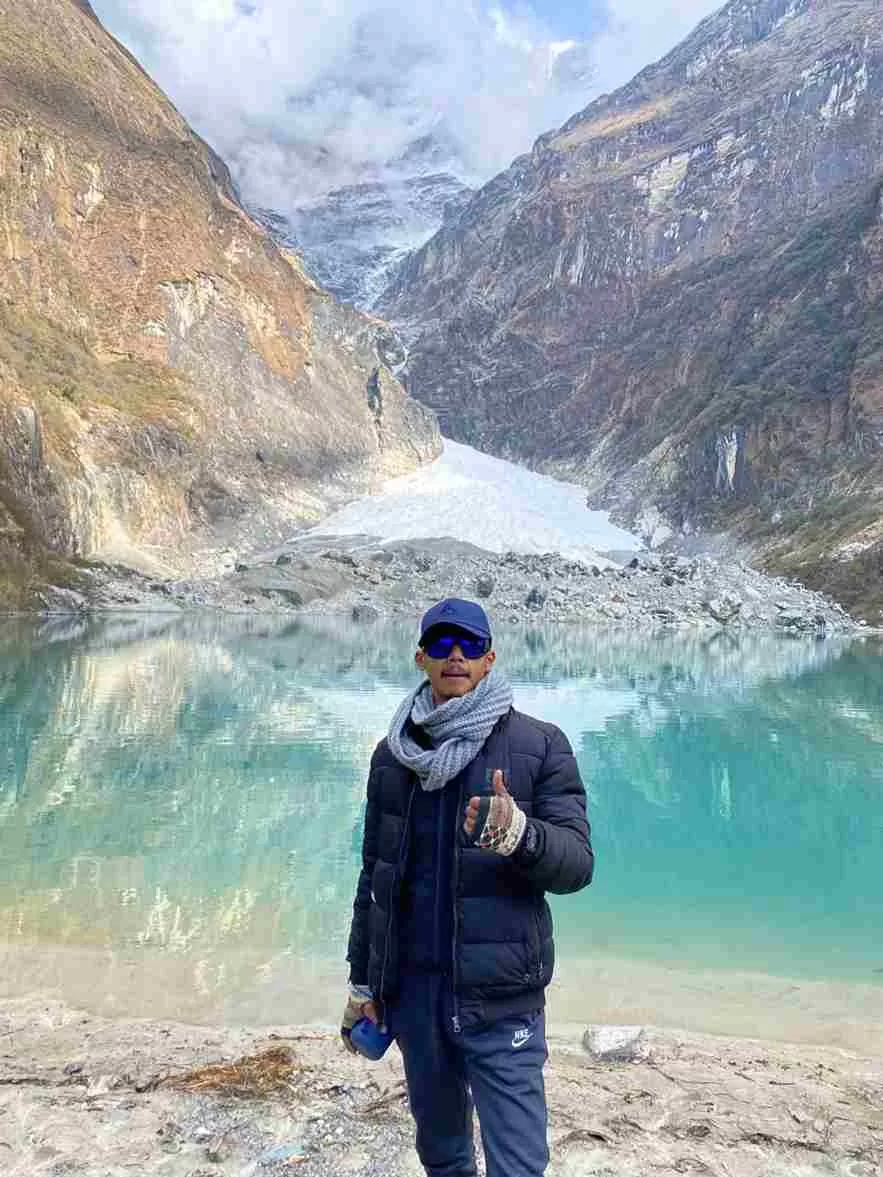
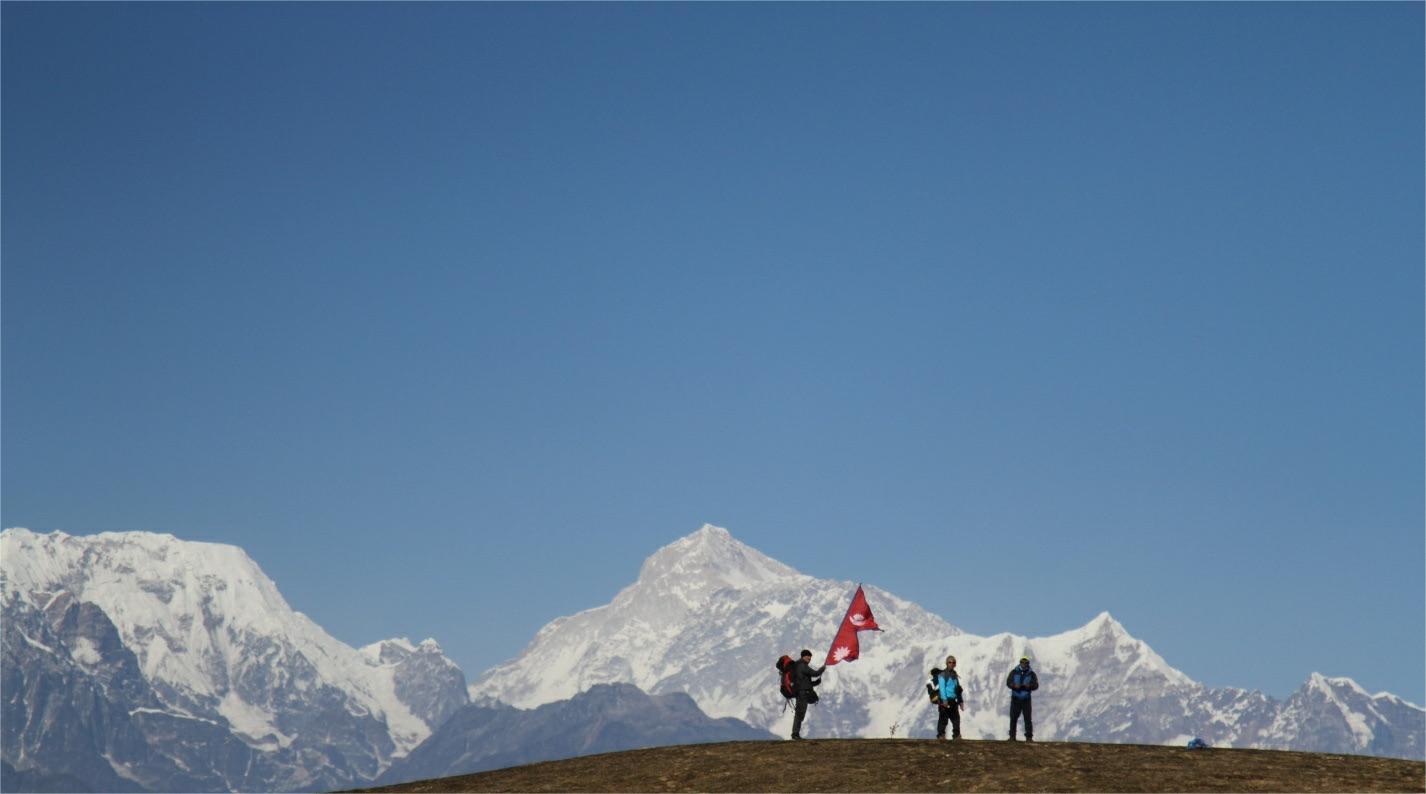
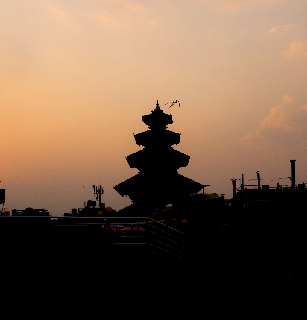
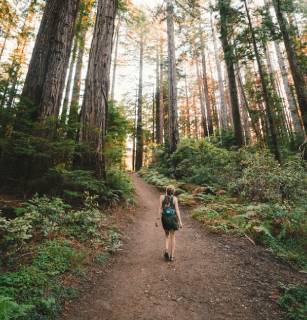
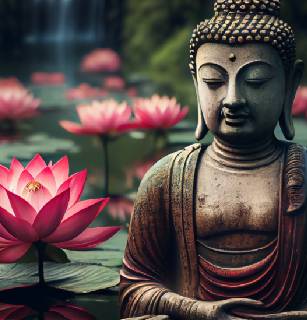
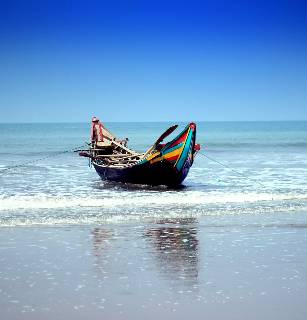







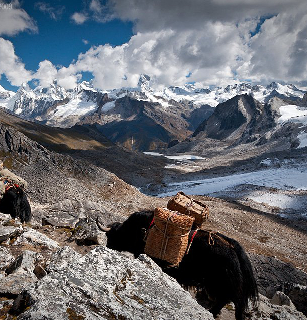


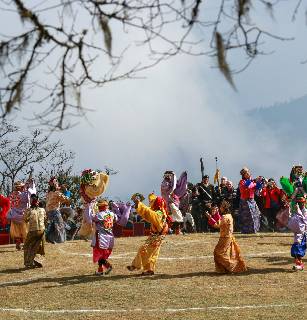
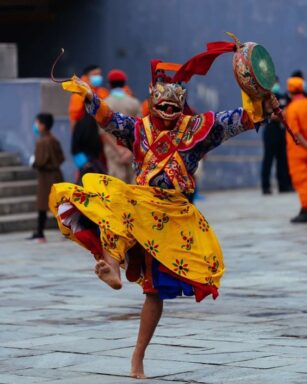
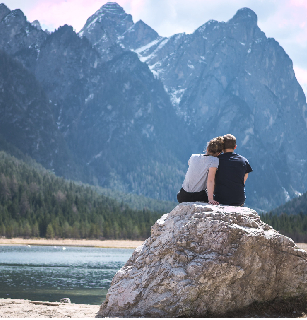
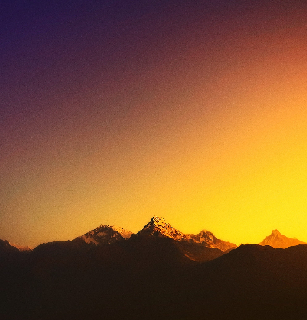
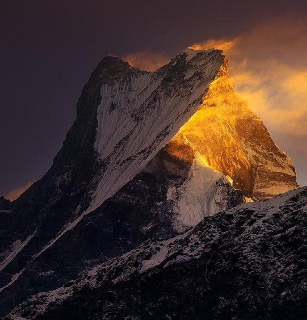
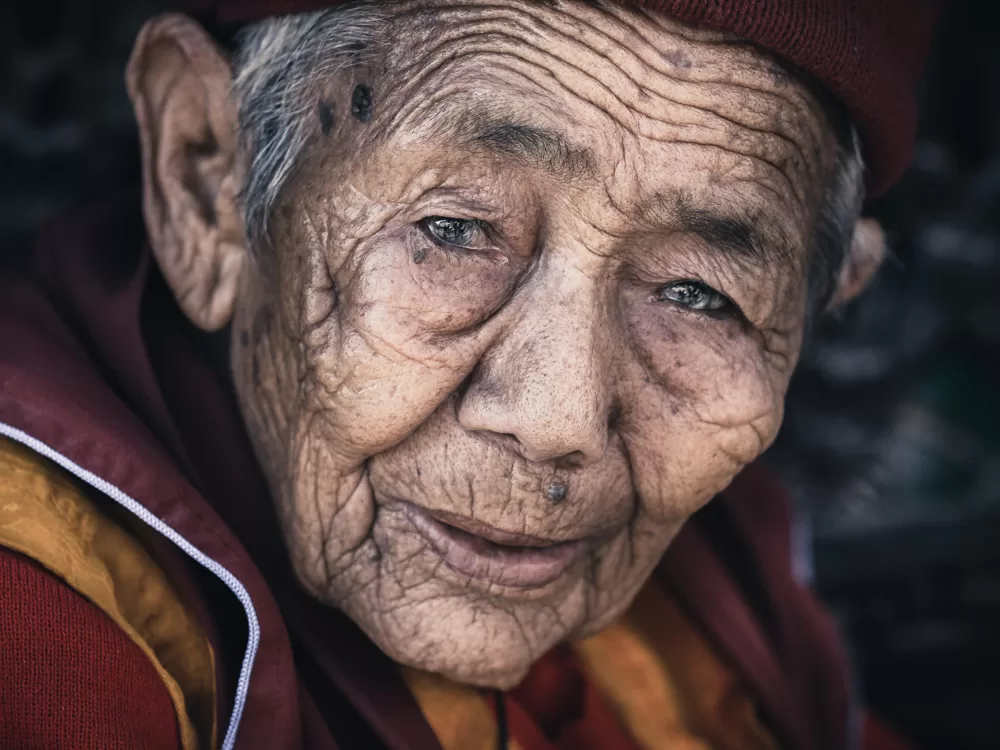
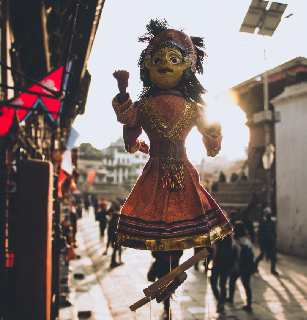
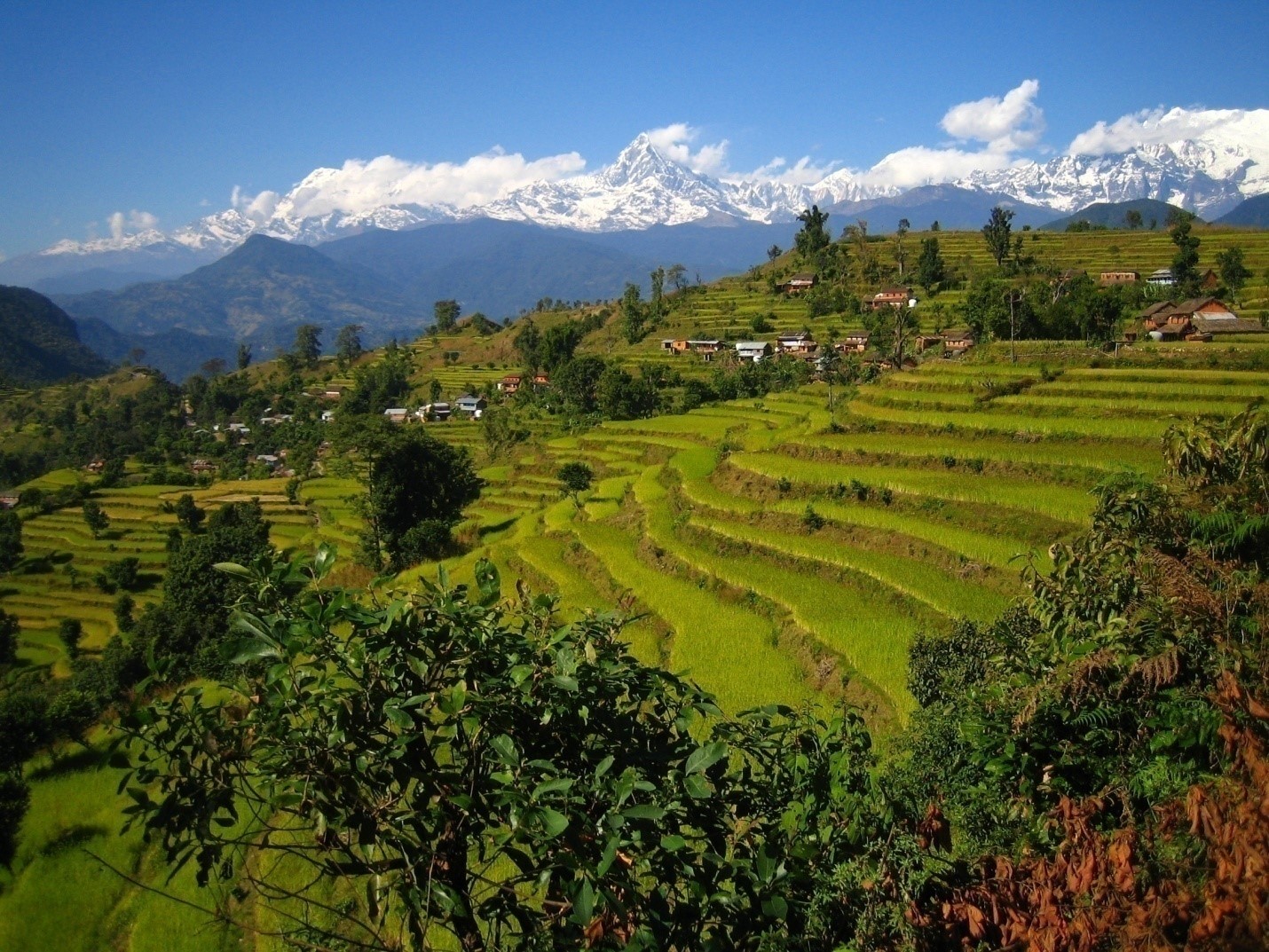









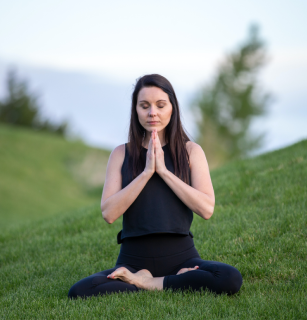
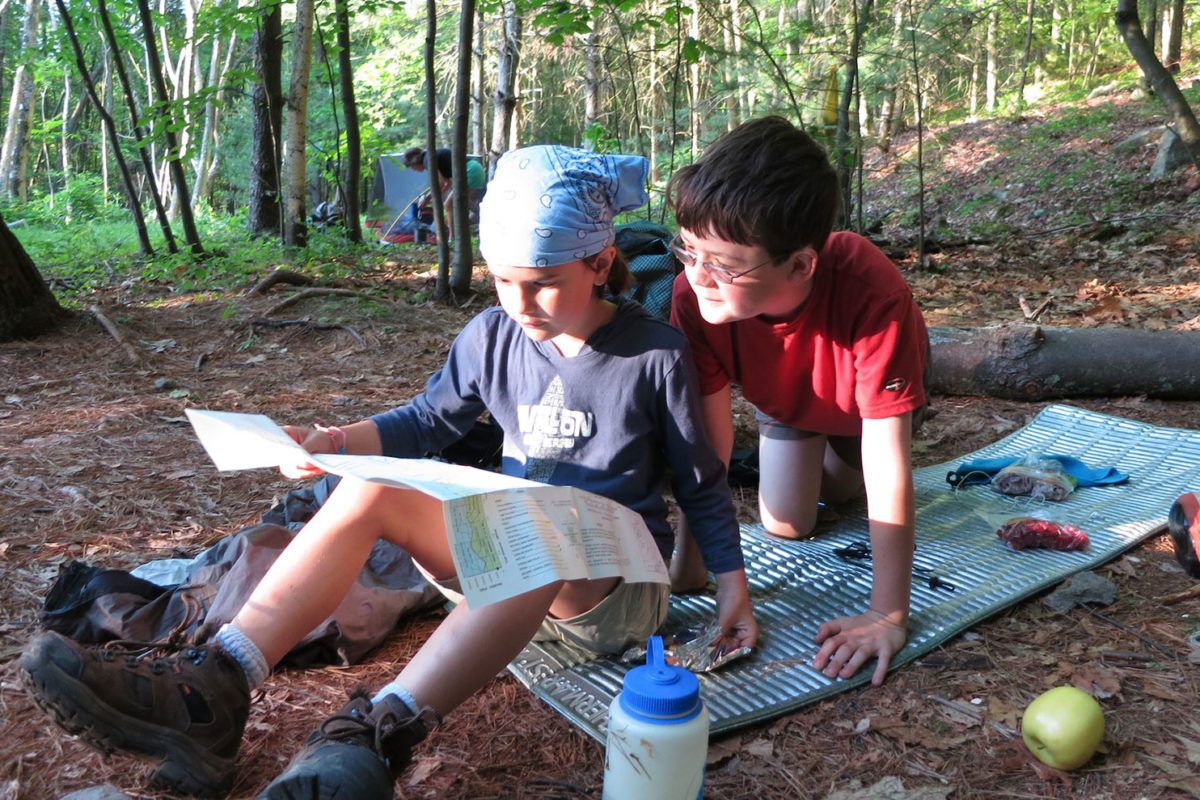
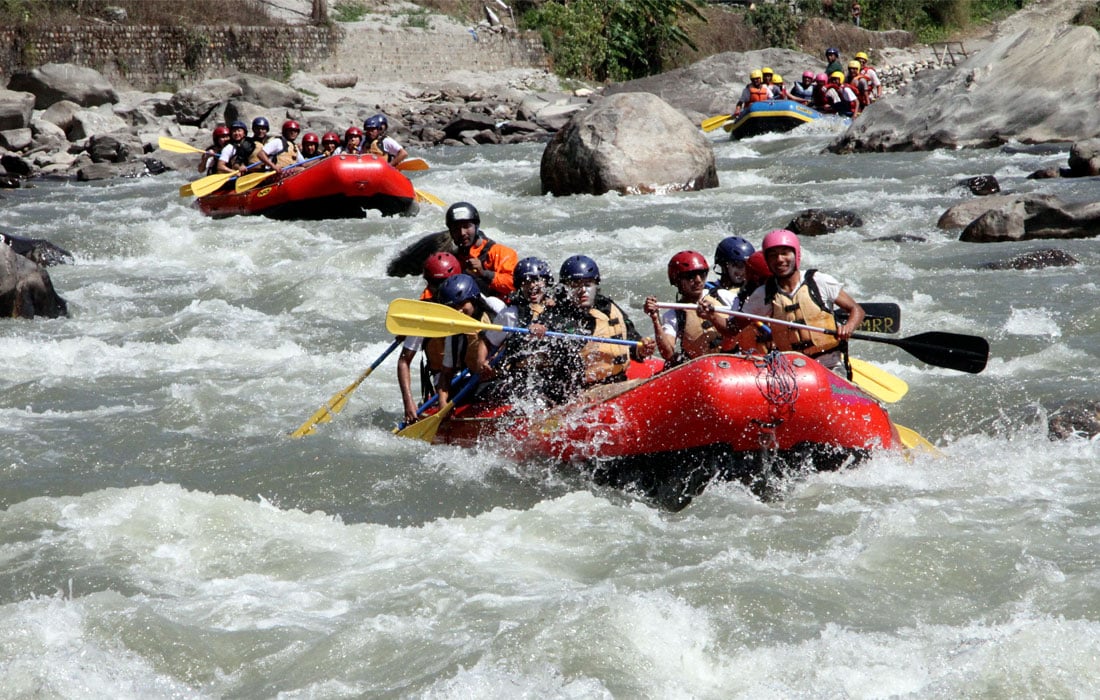
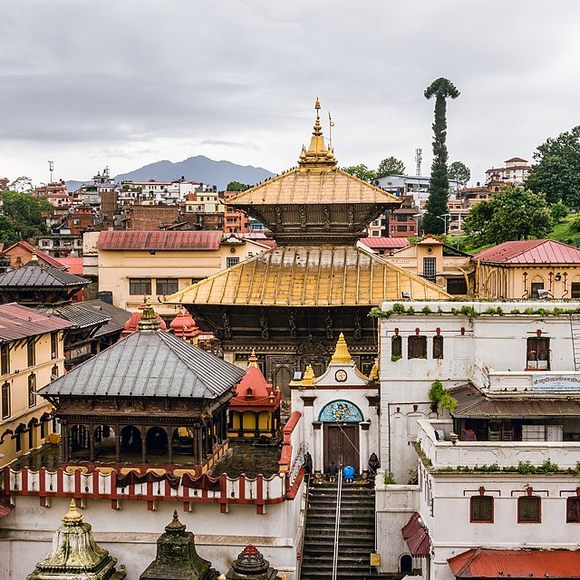
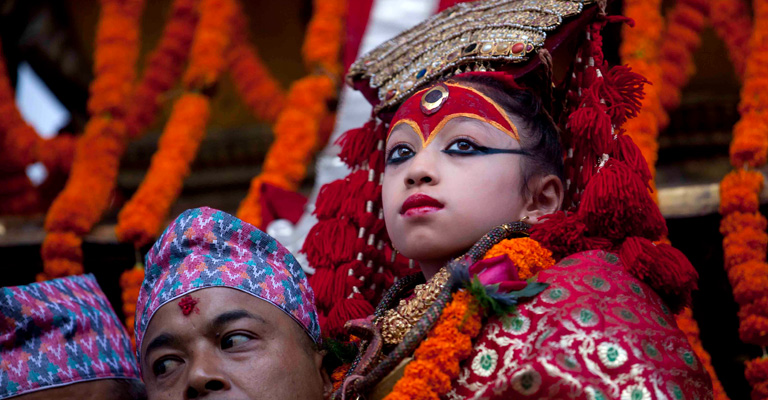


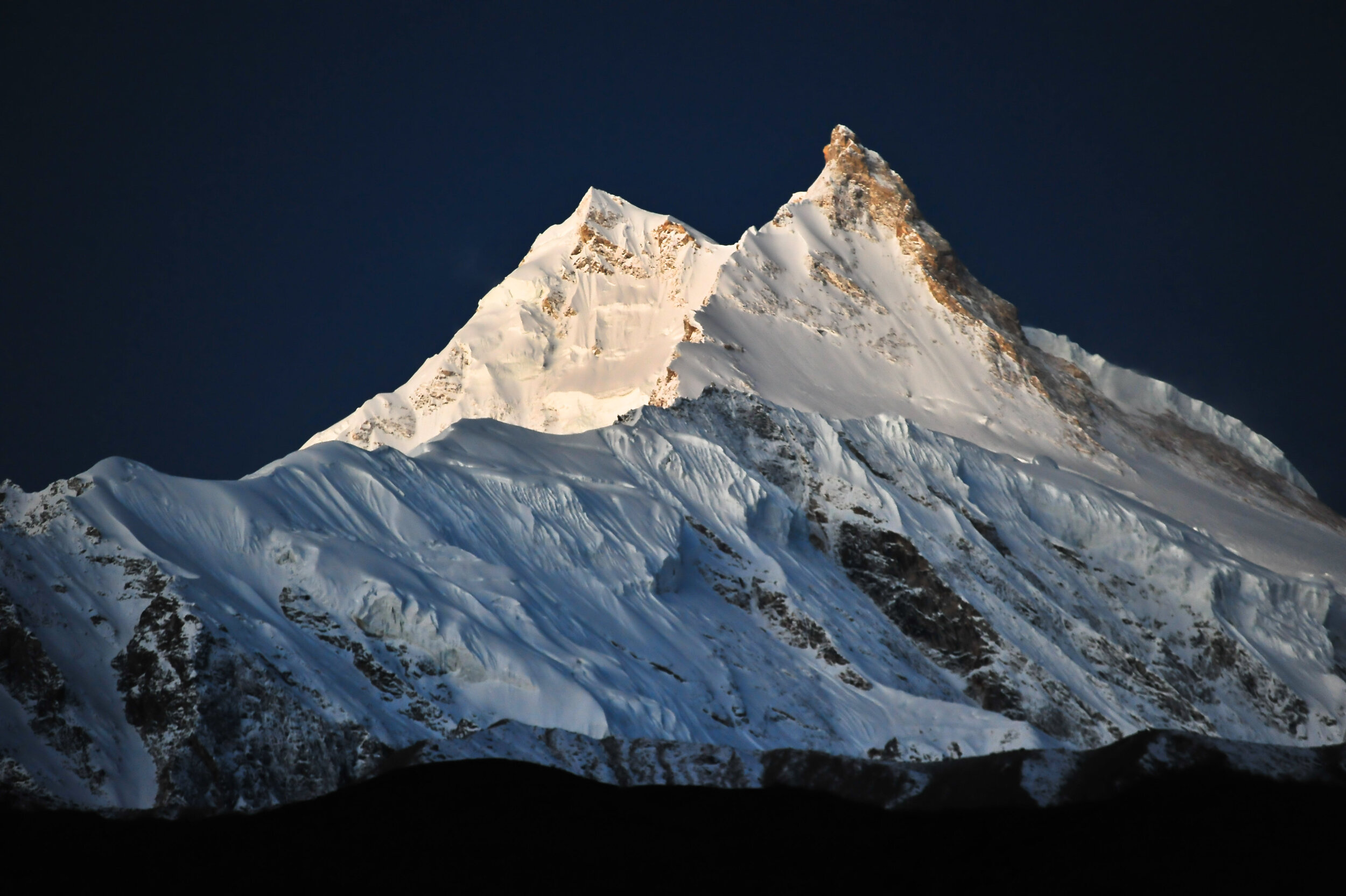

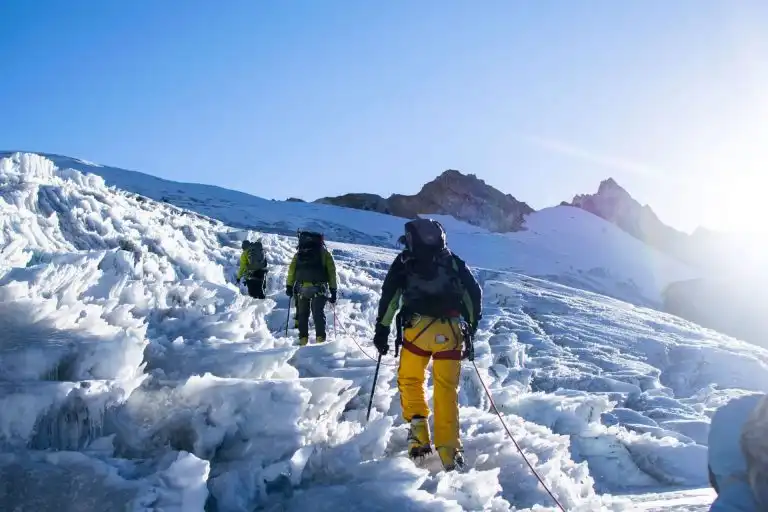
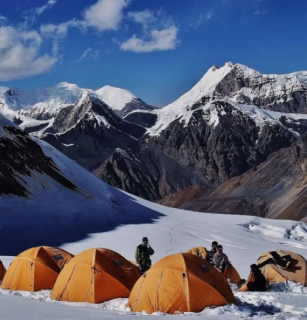
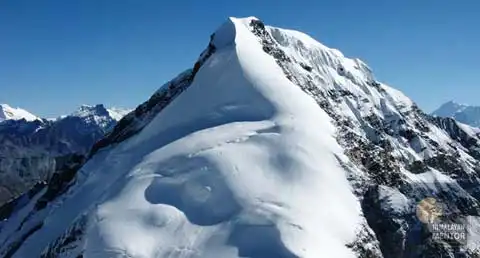
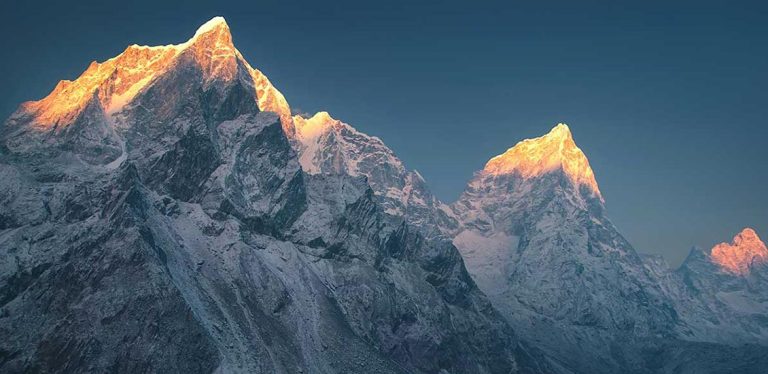
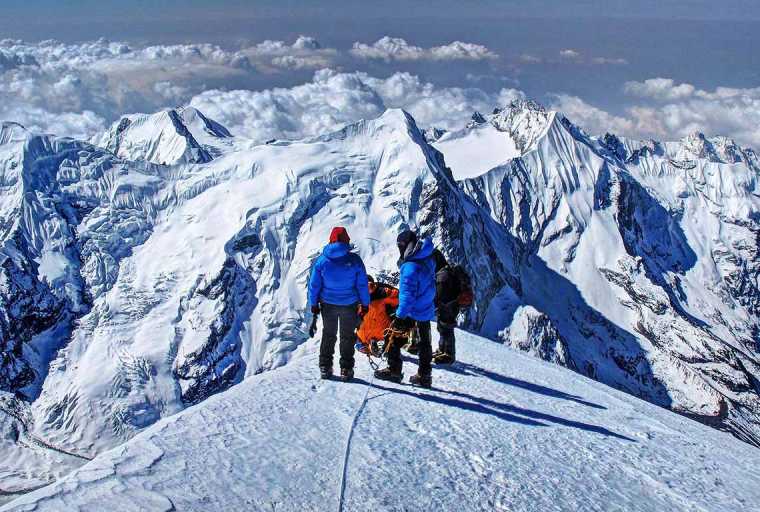
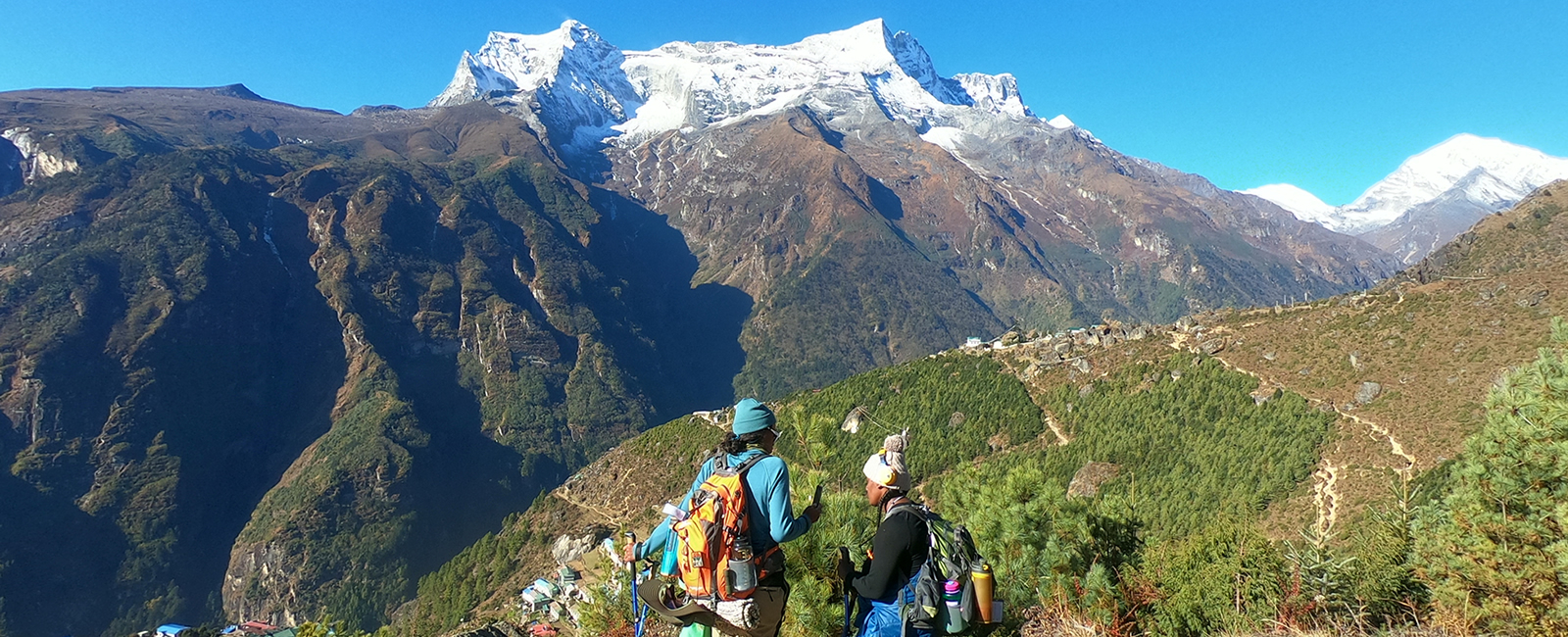
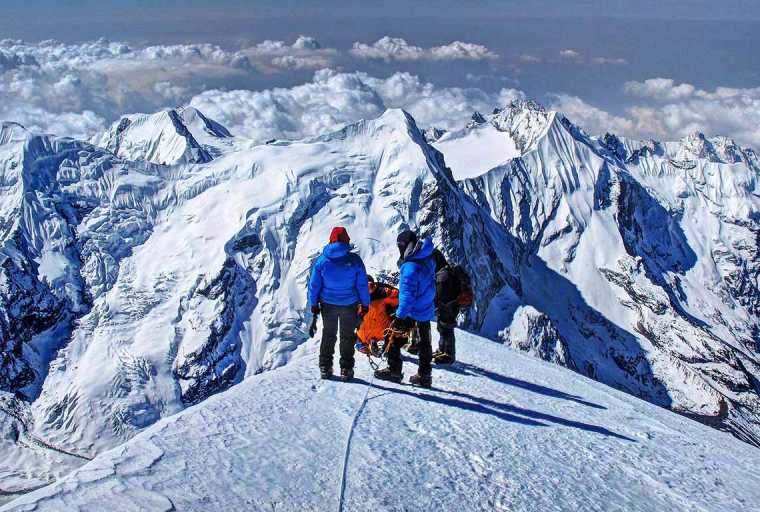
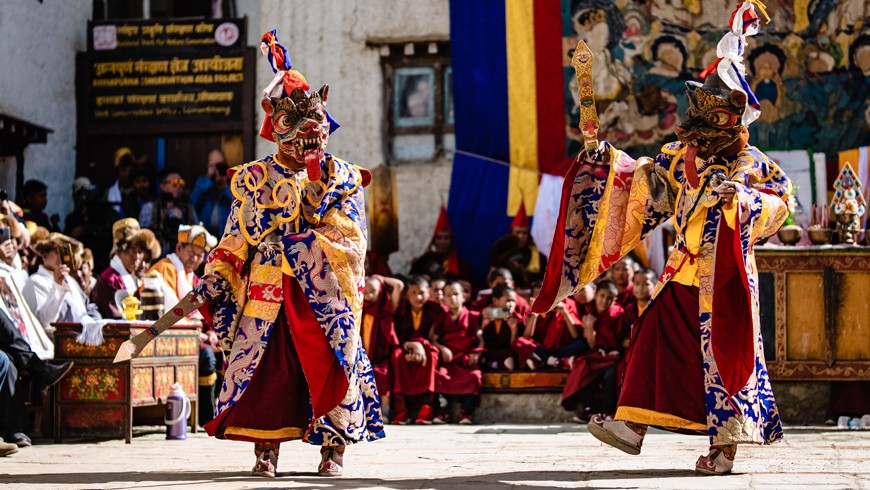
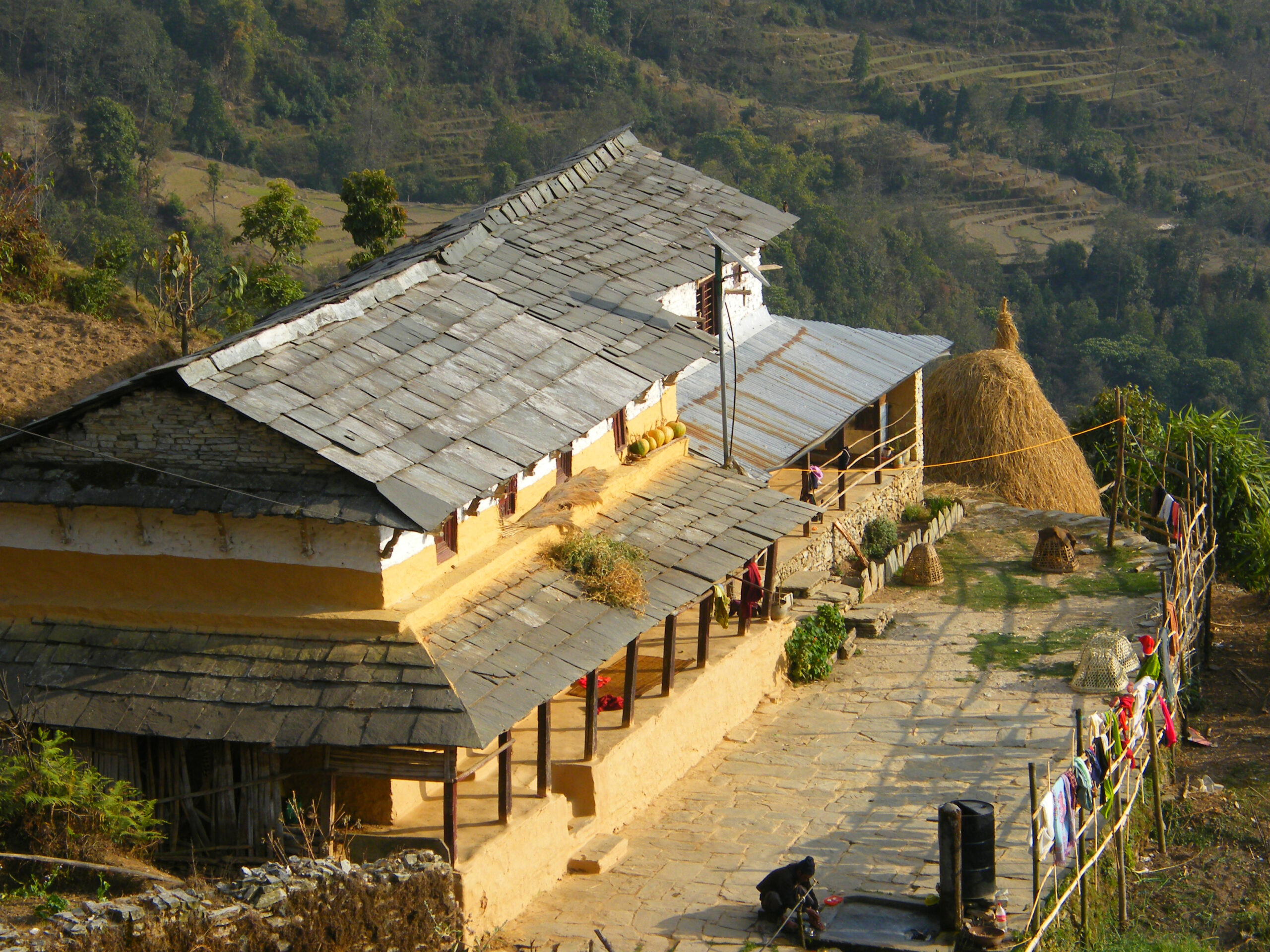
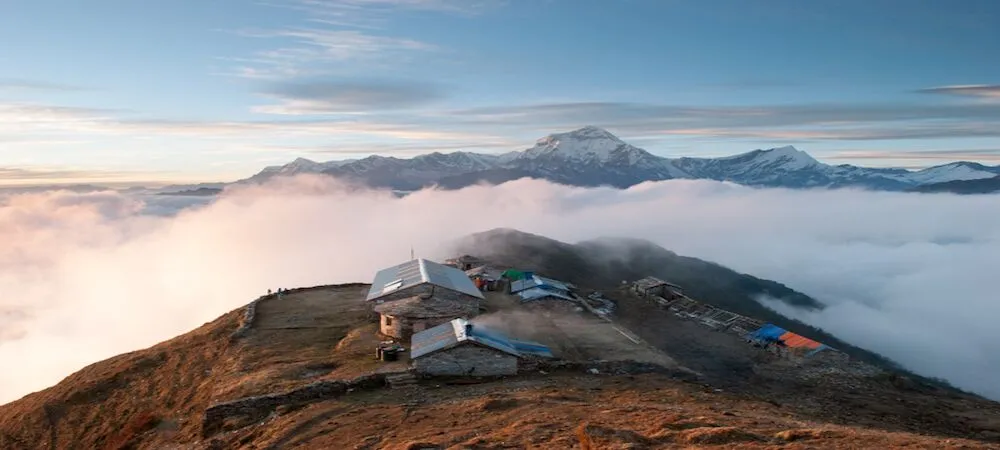
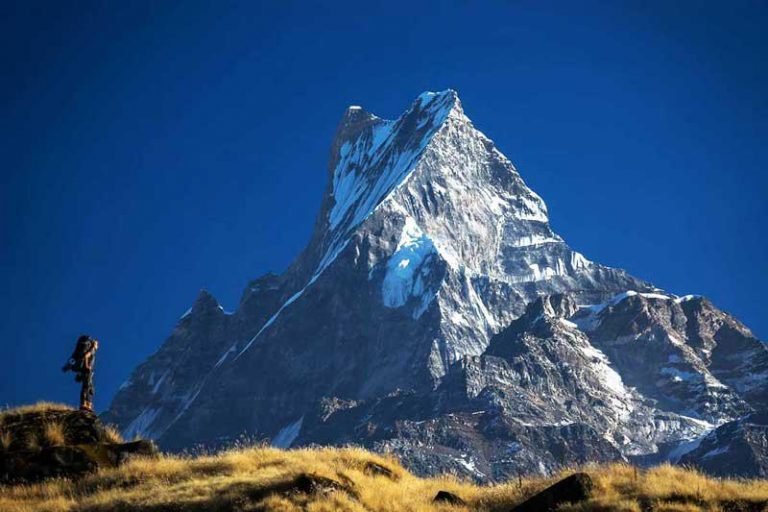
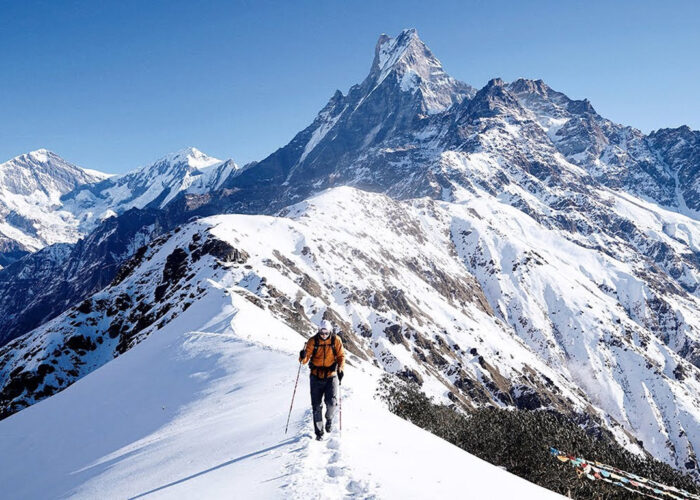
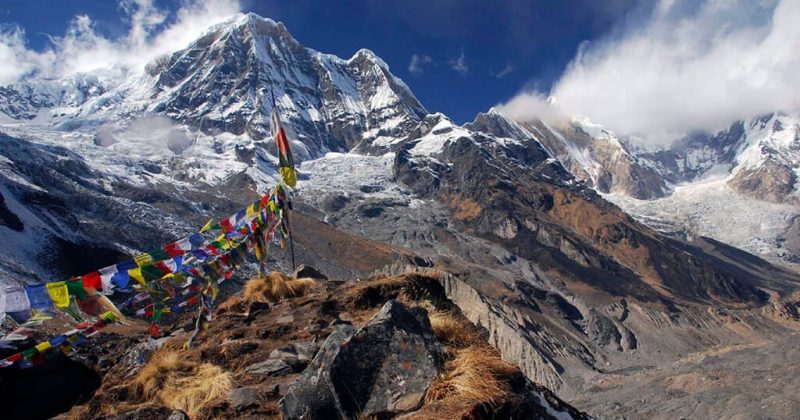
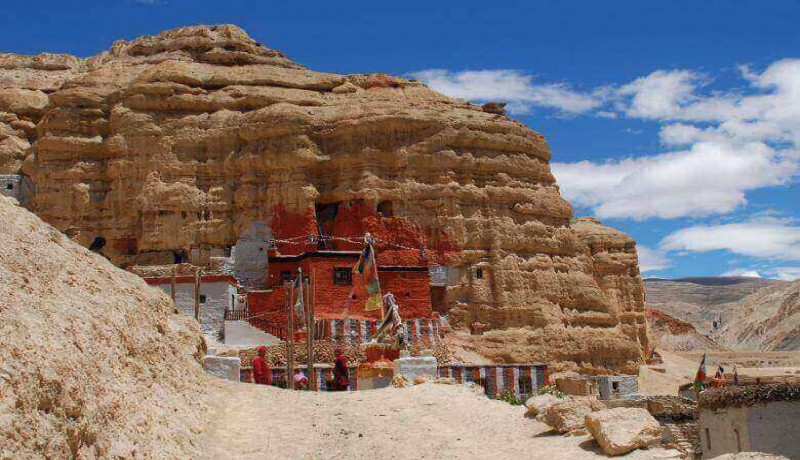
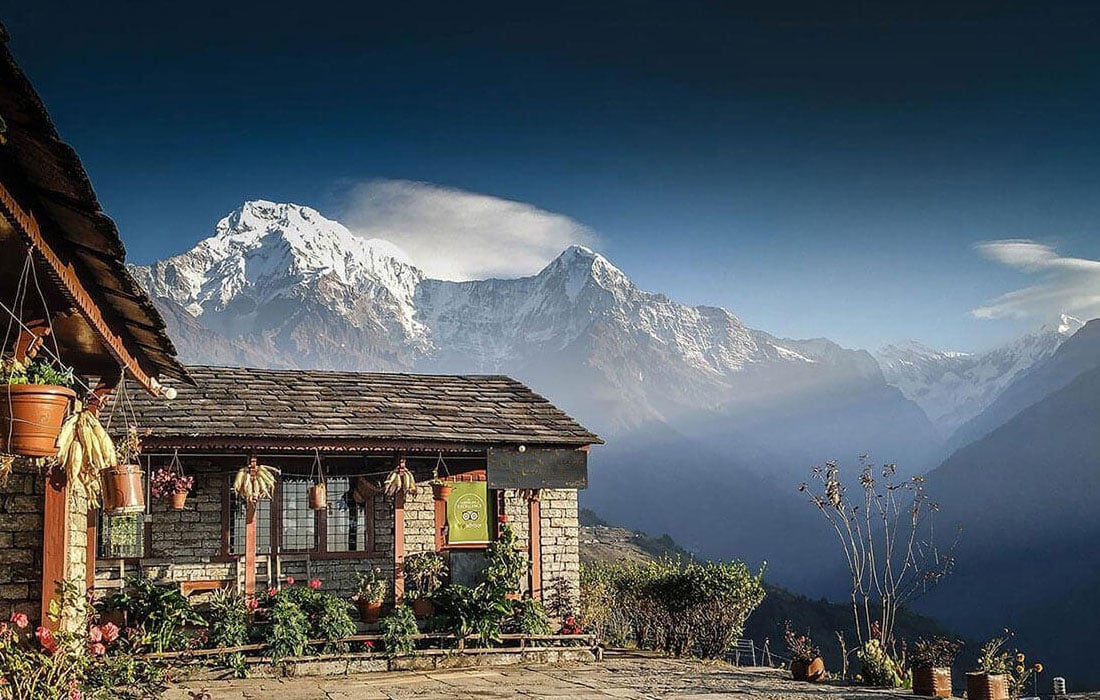
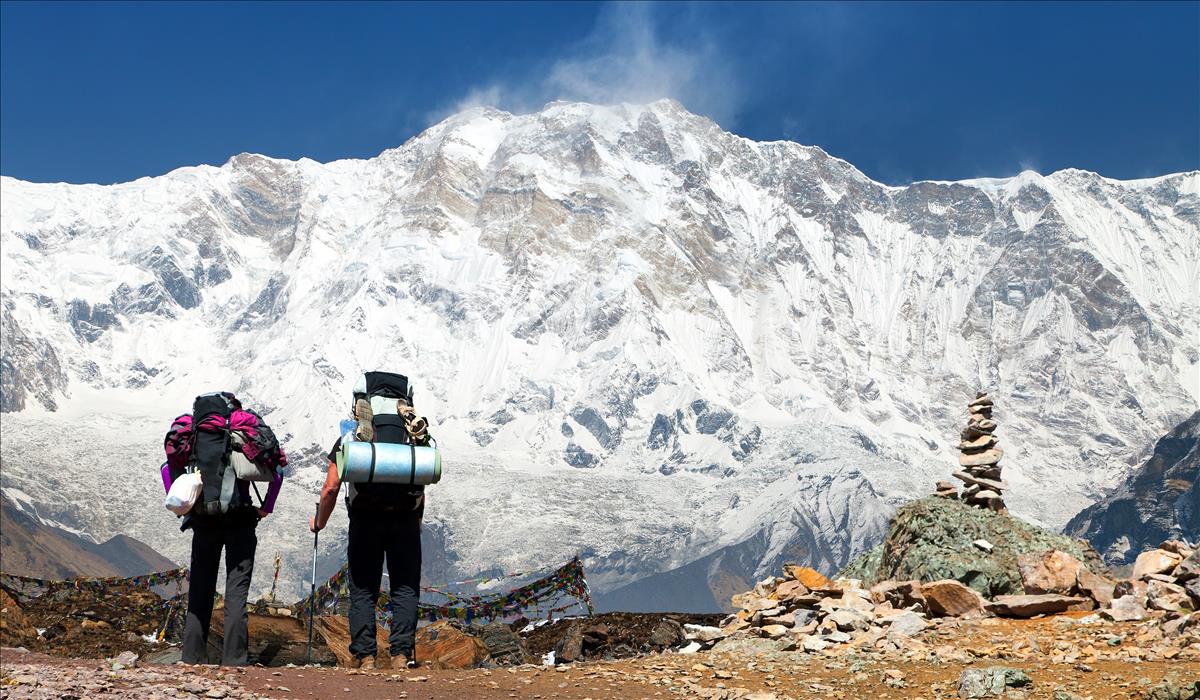
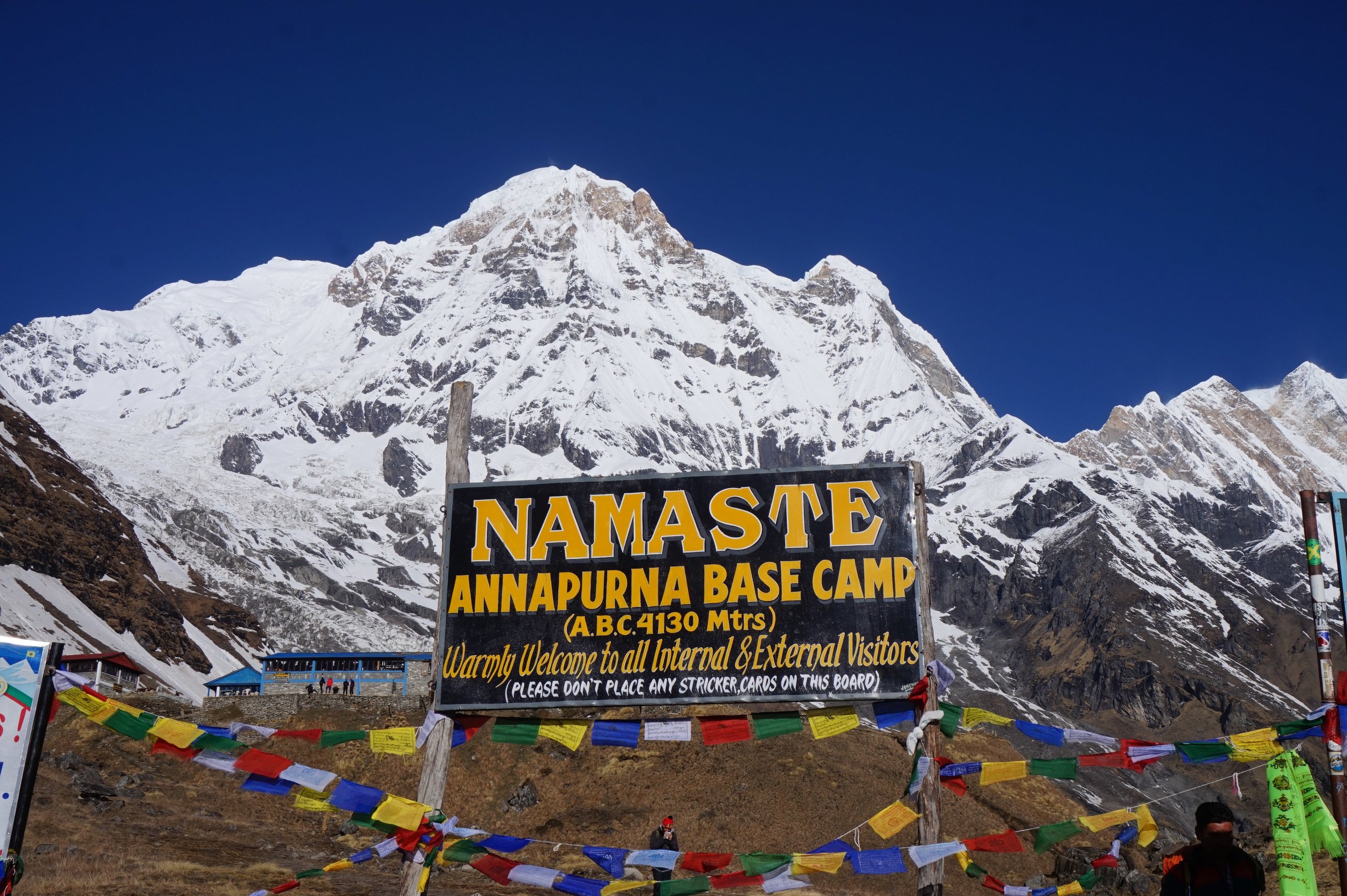
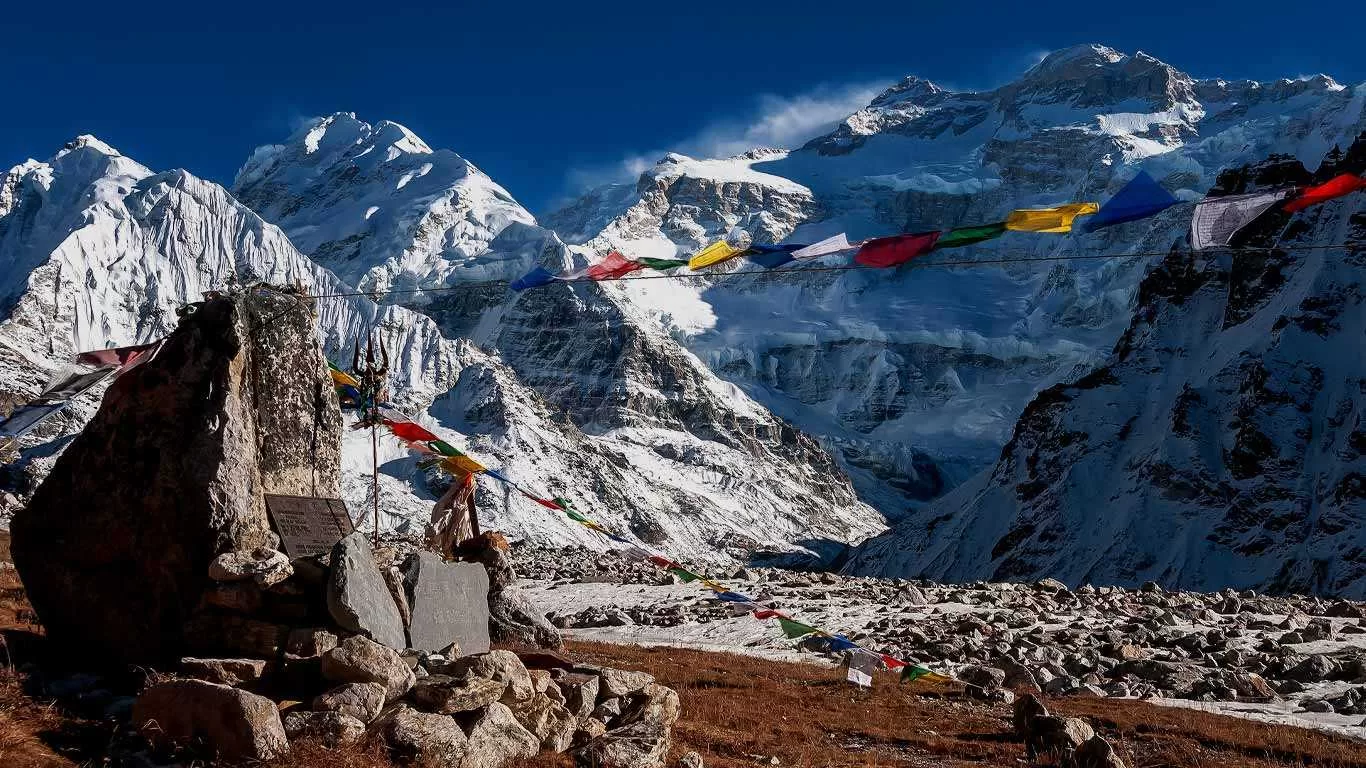
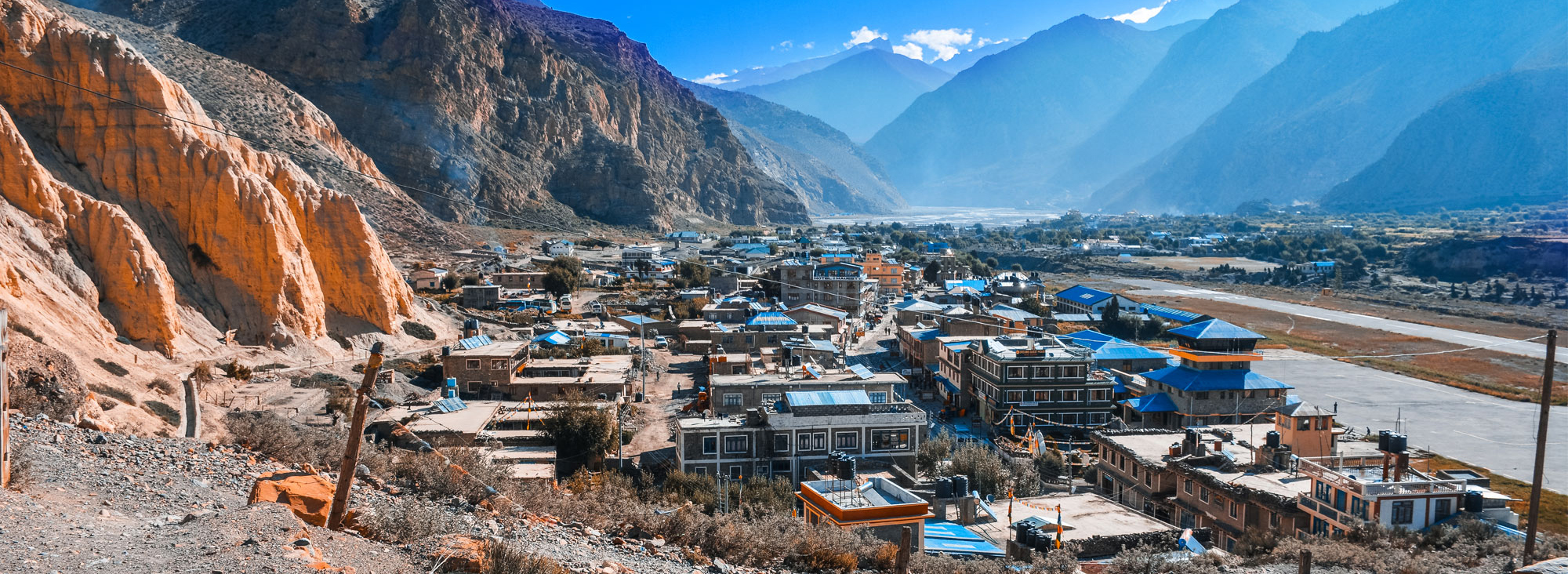
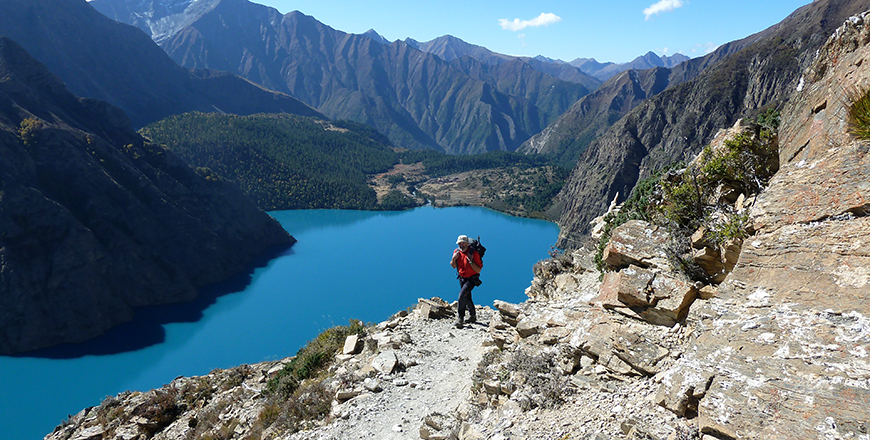
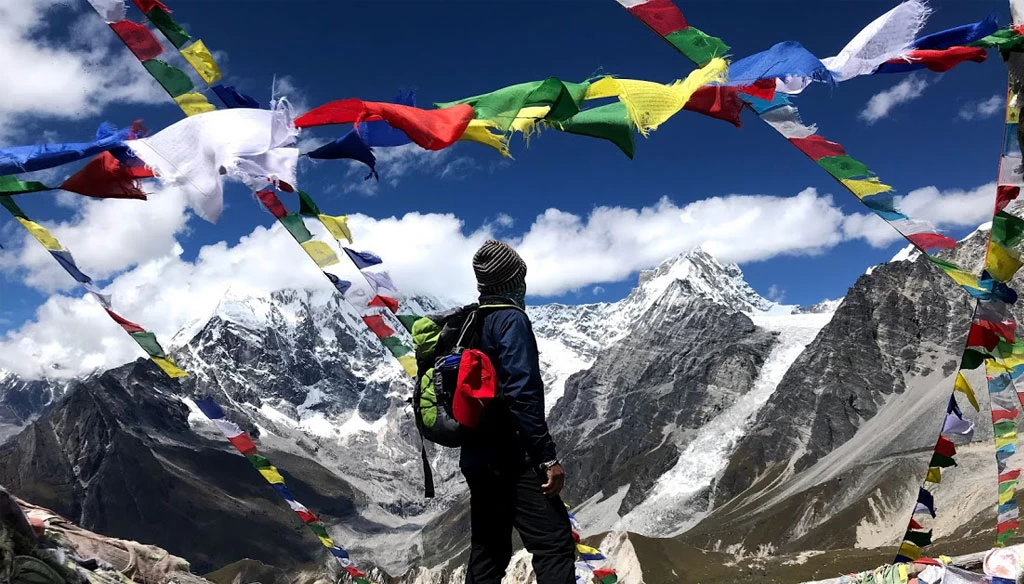

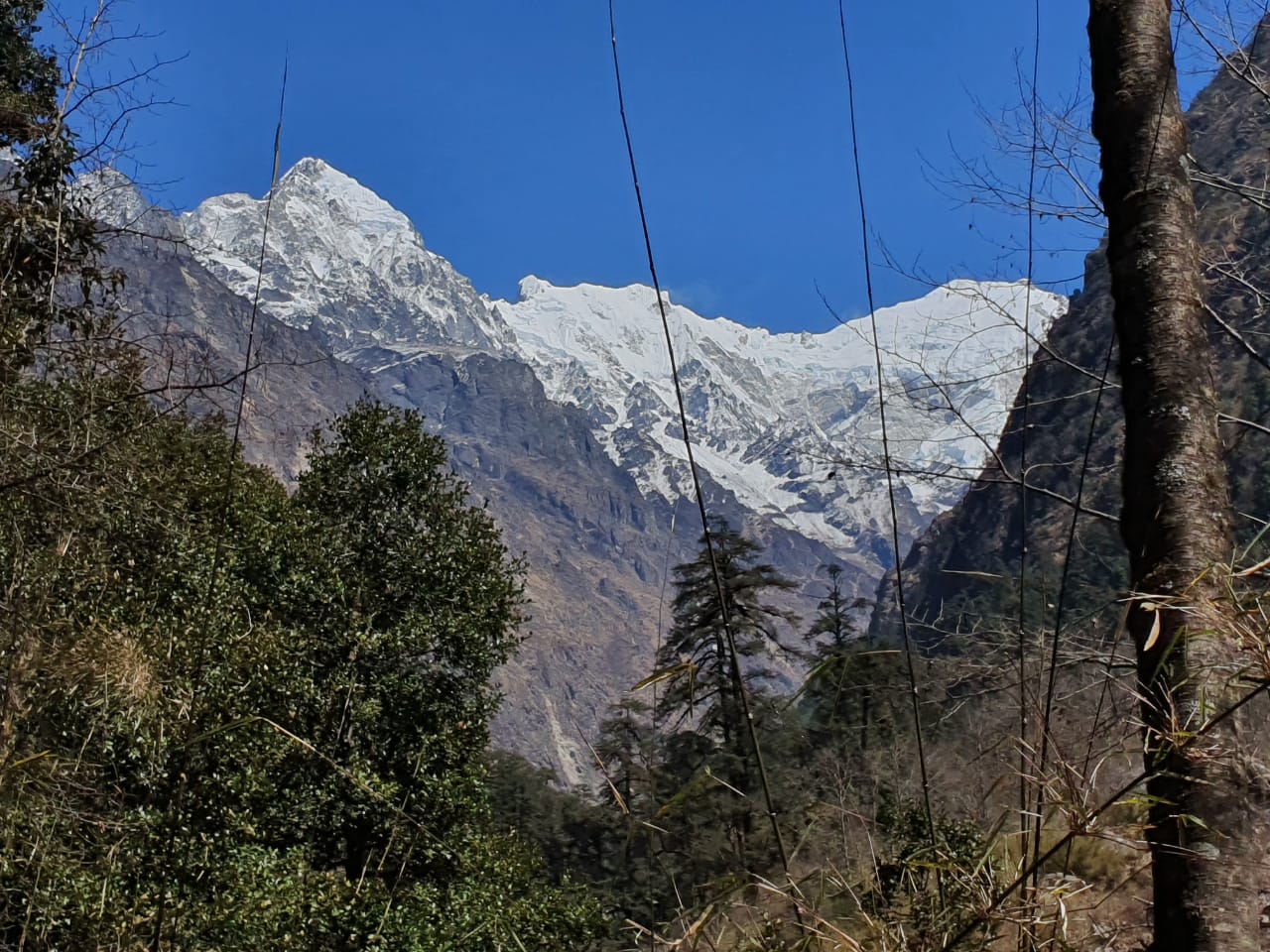
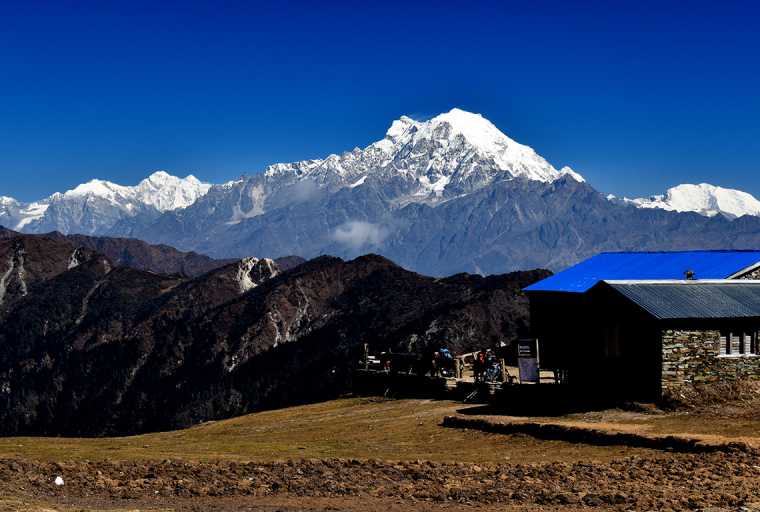
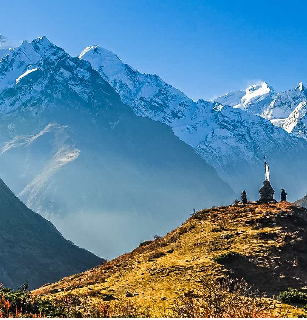
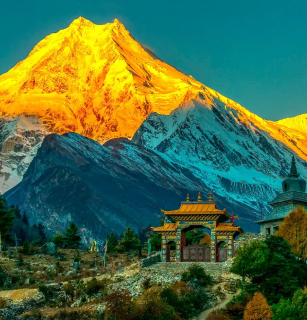


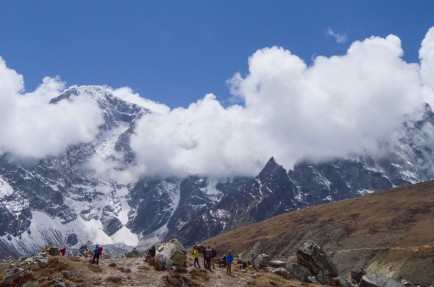
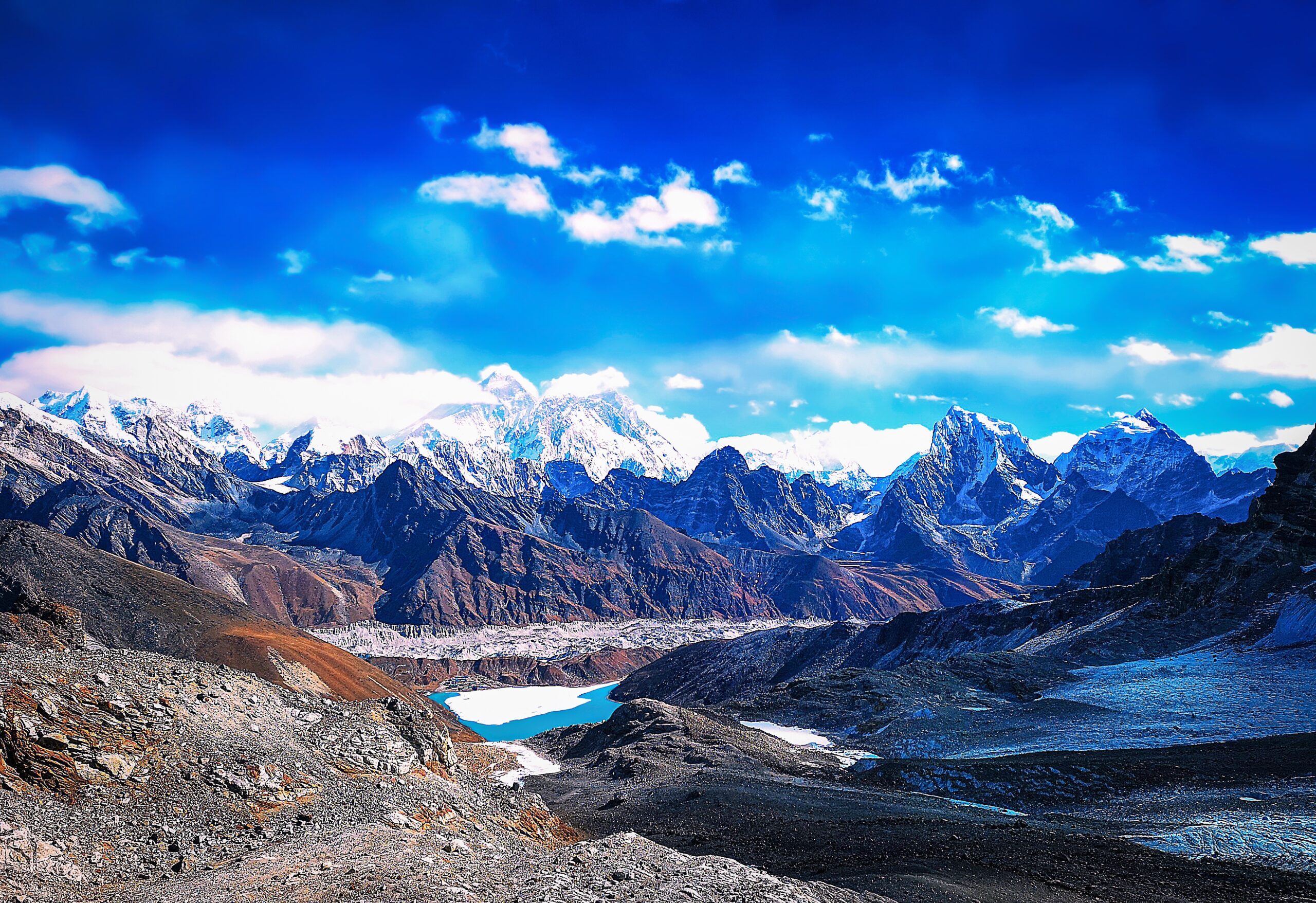

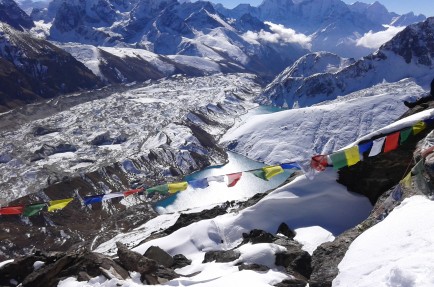
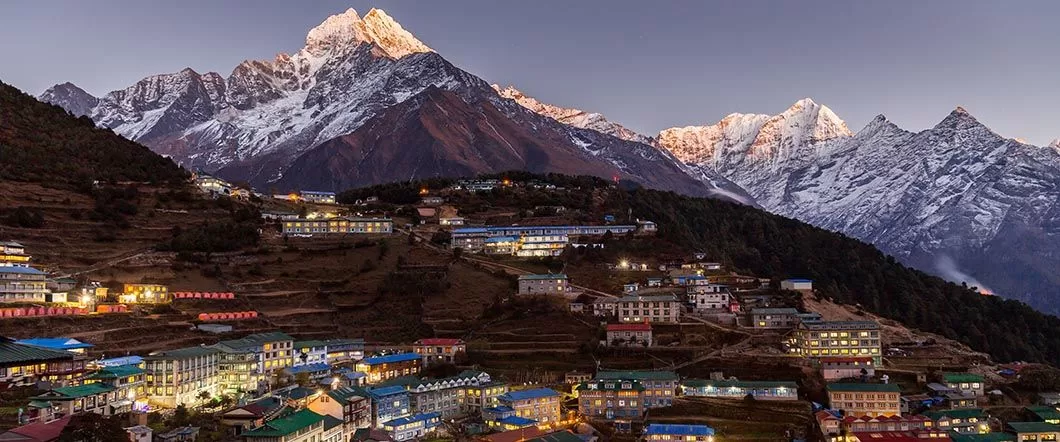

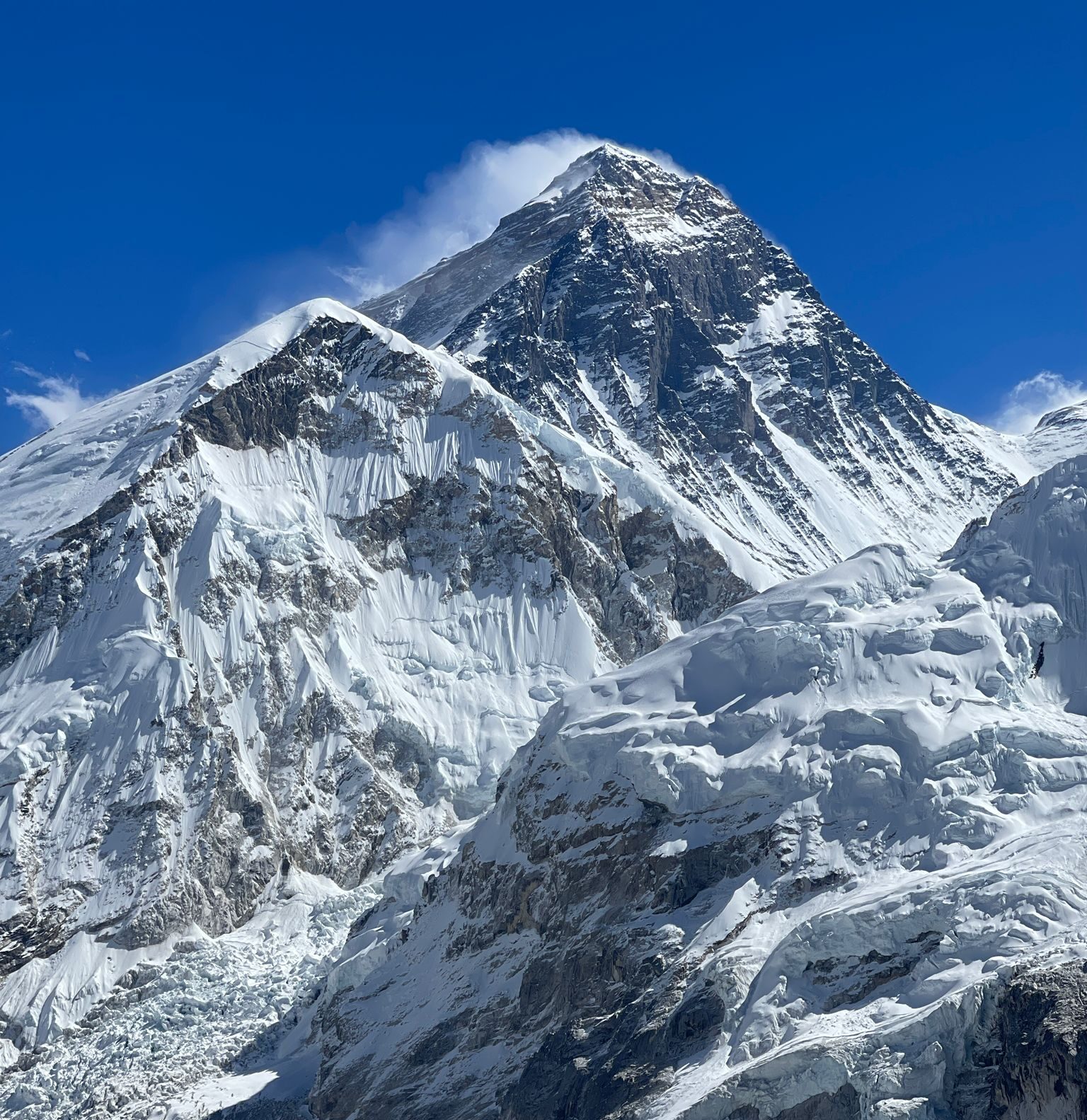
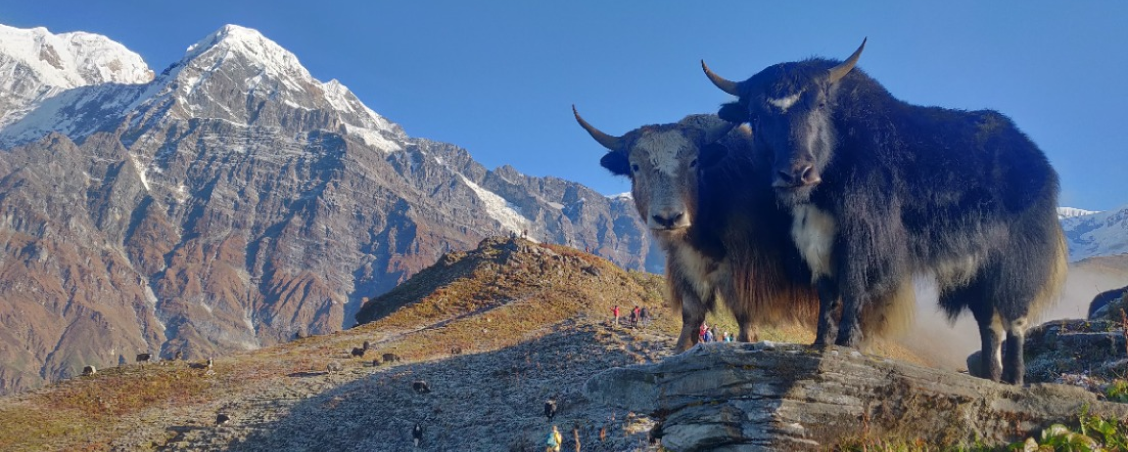
No Reviews Found